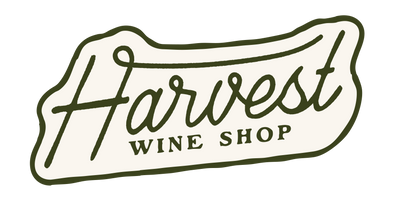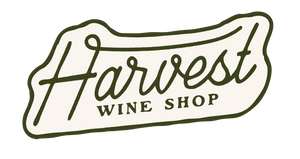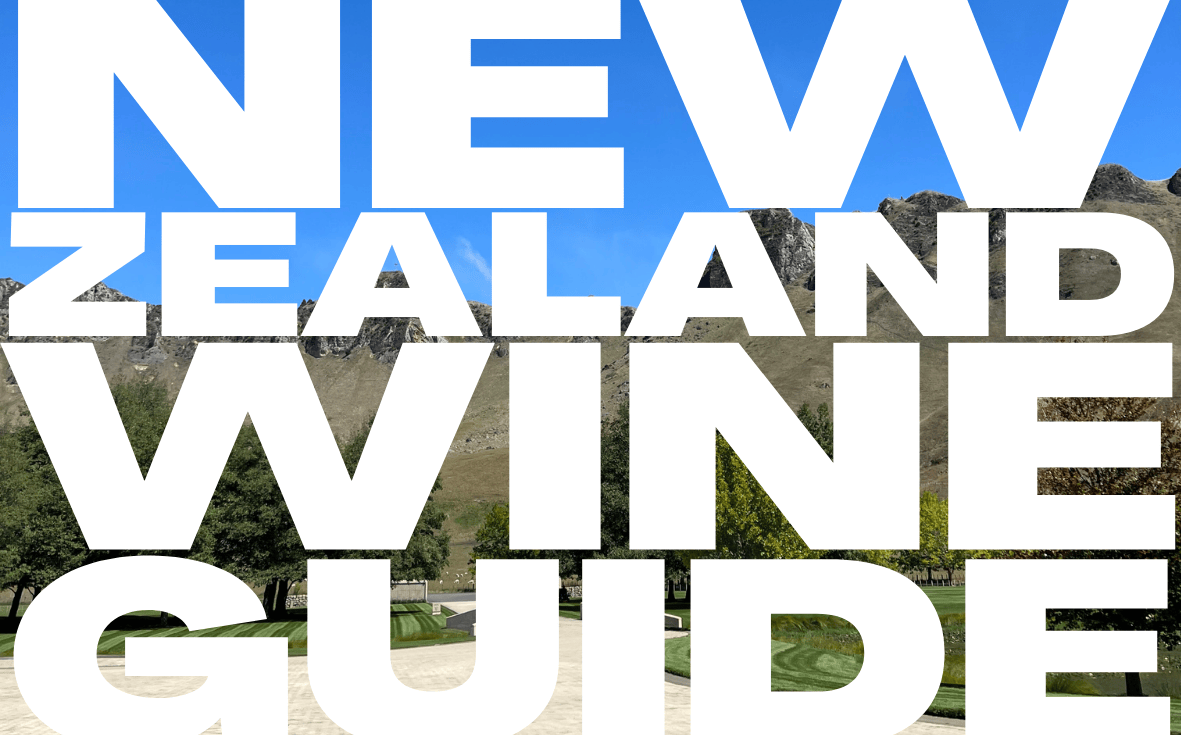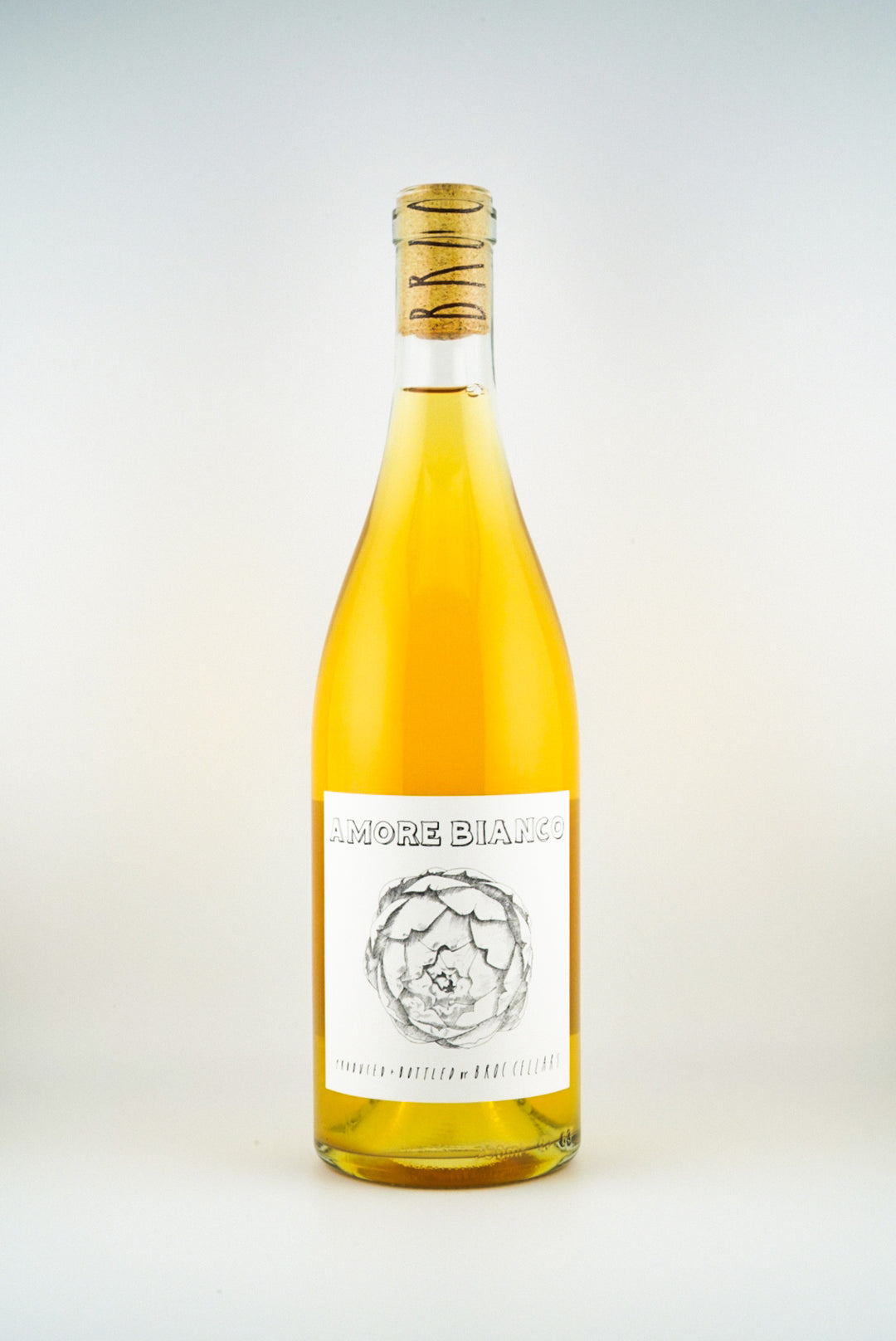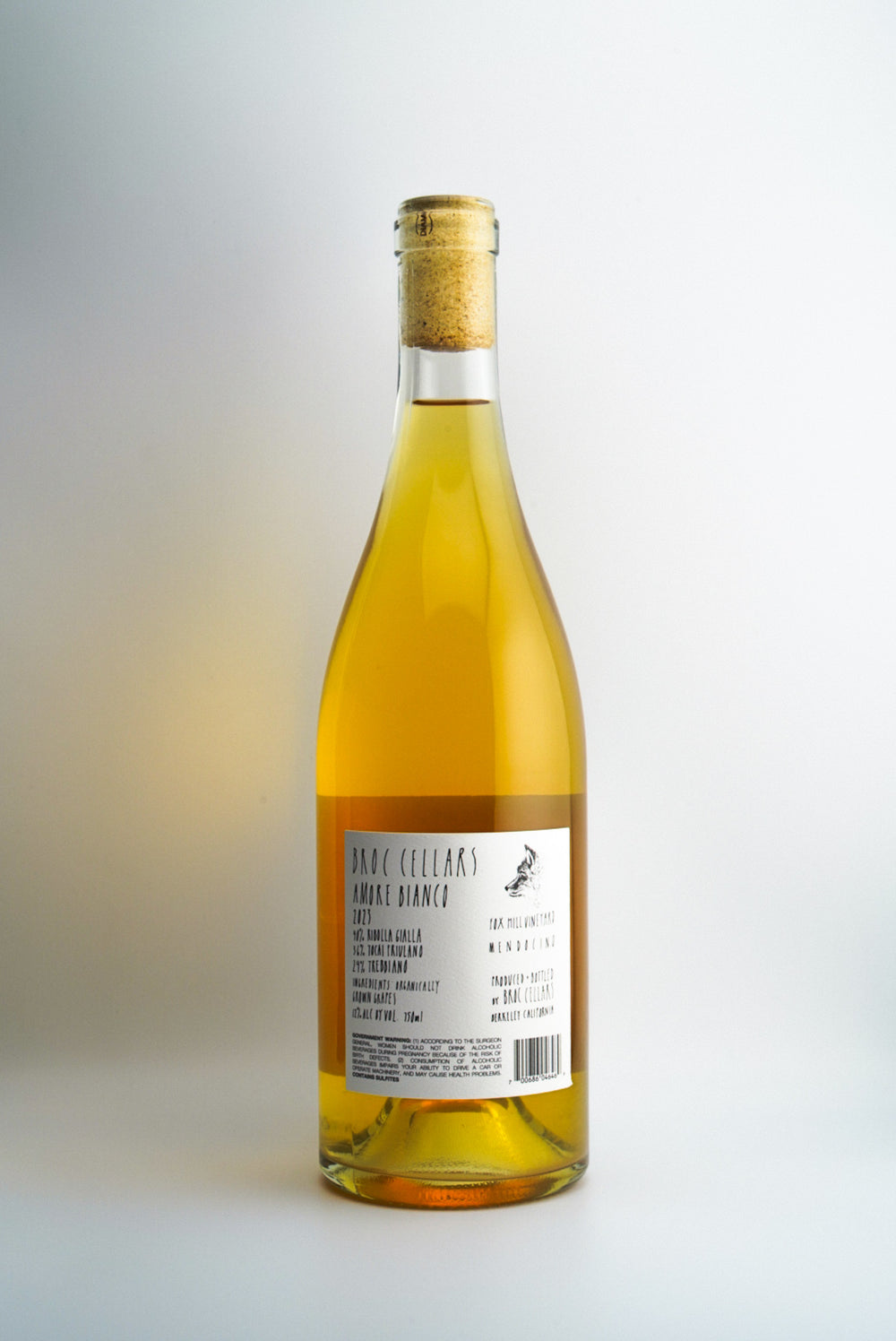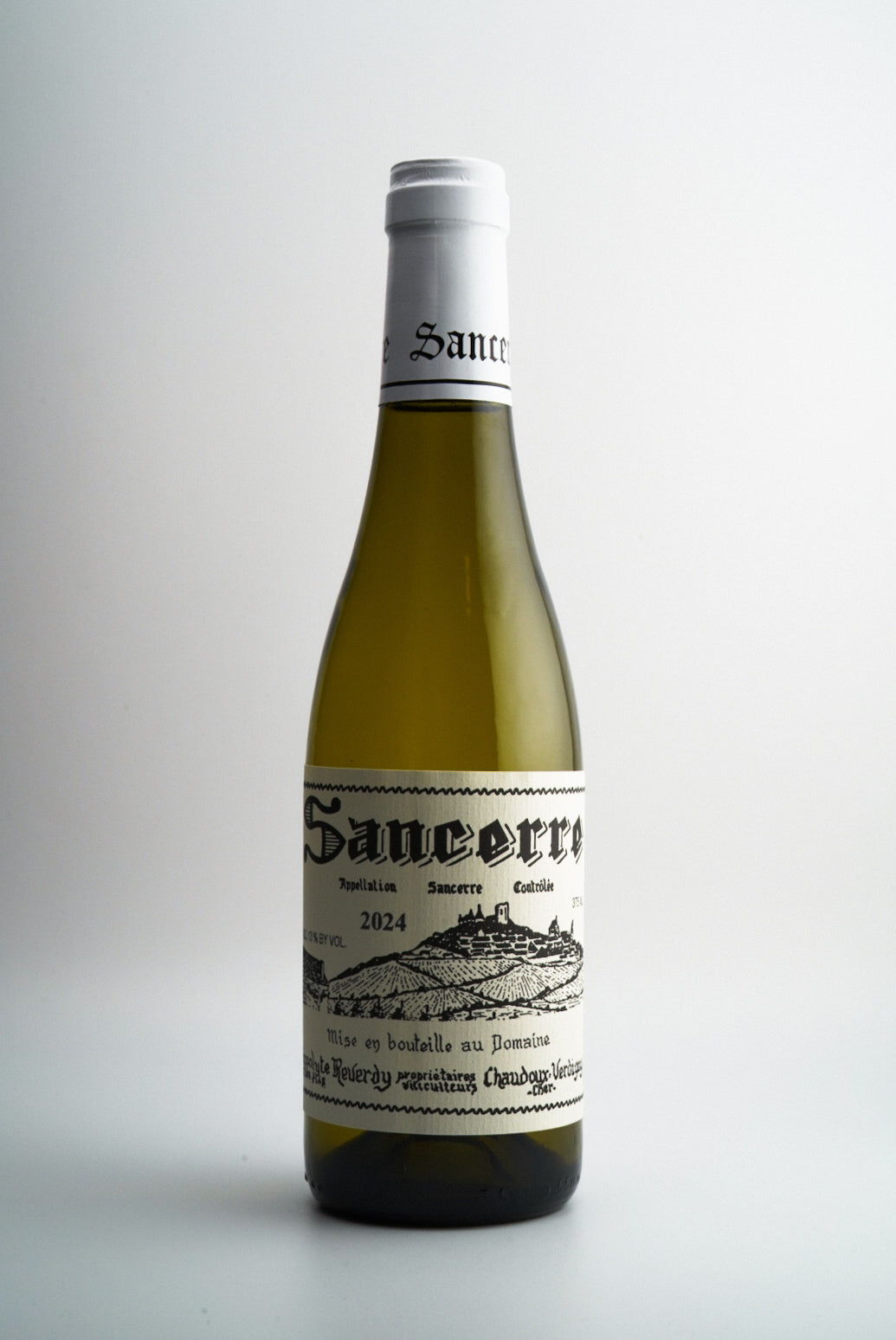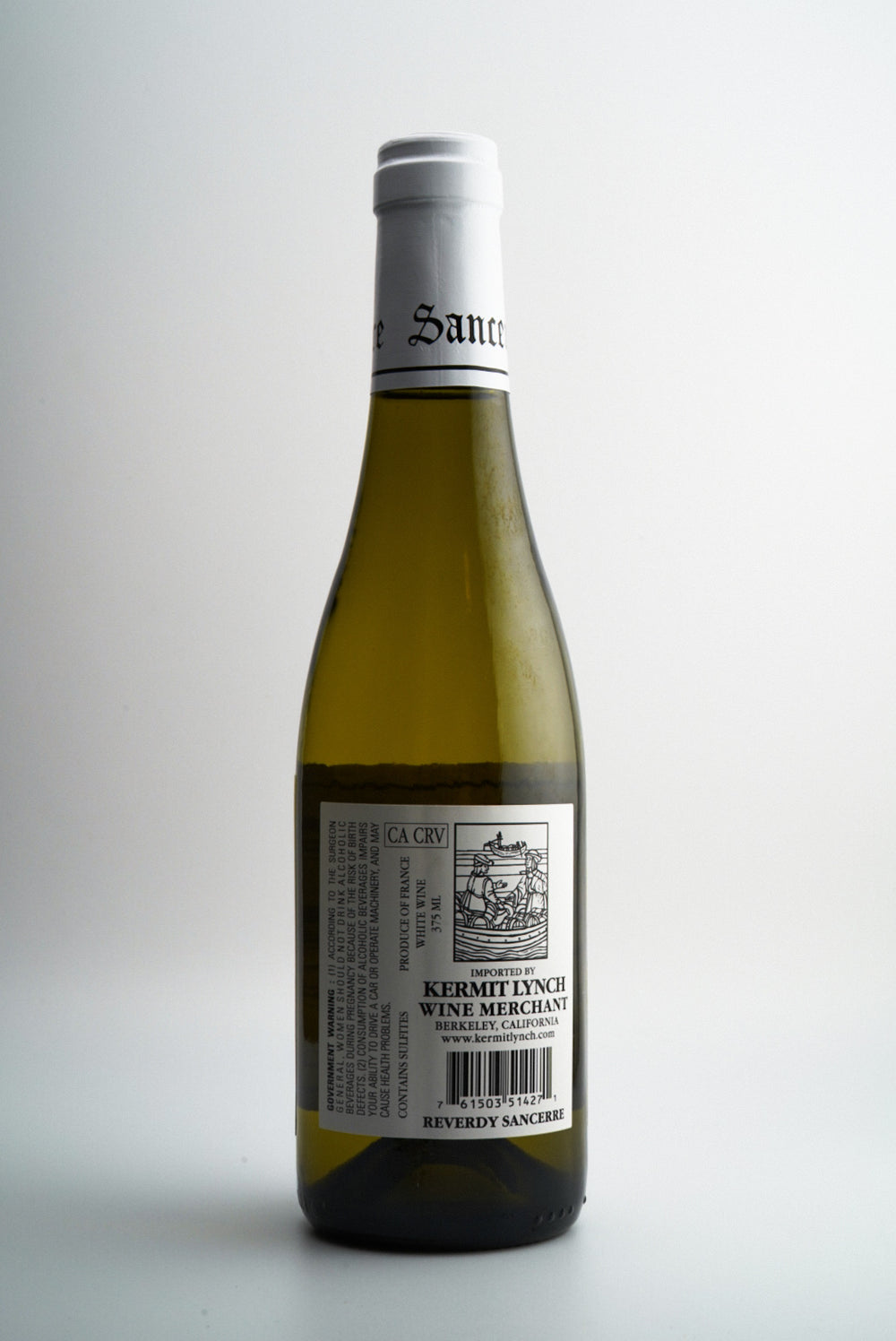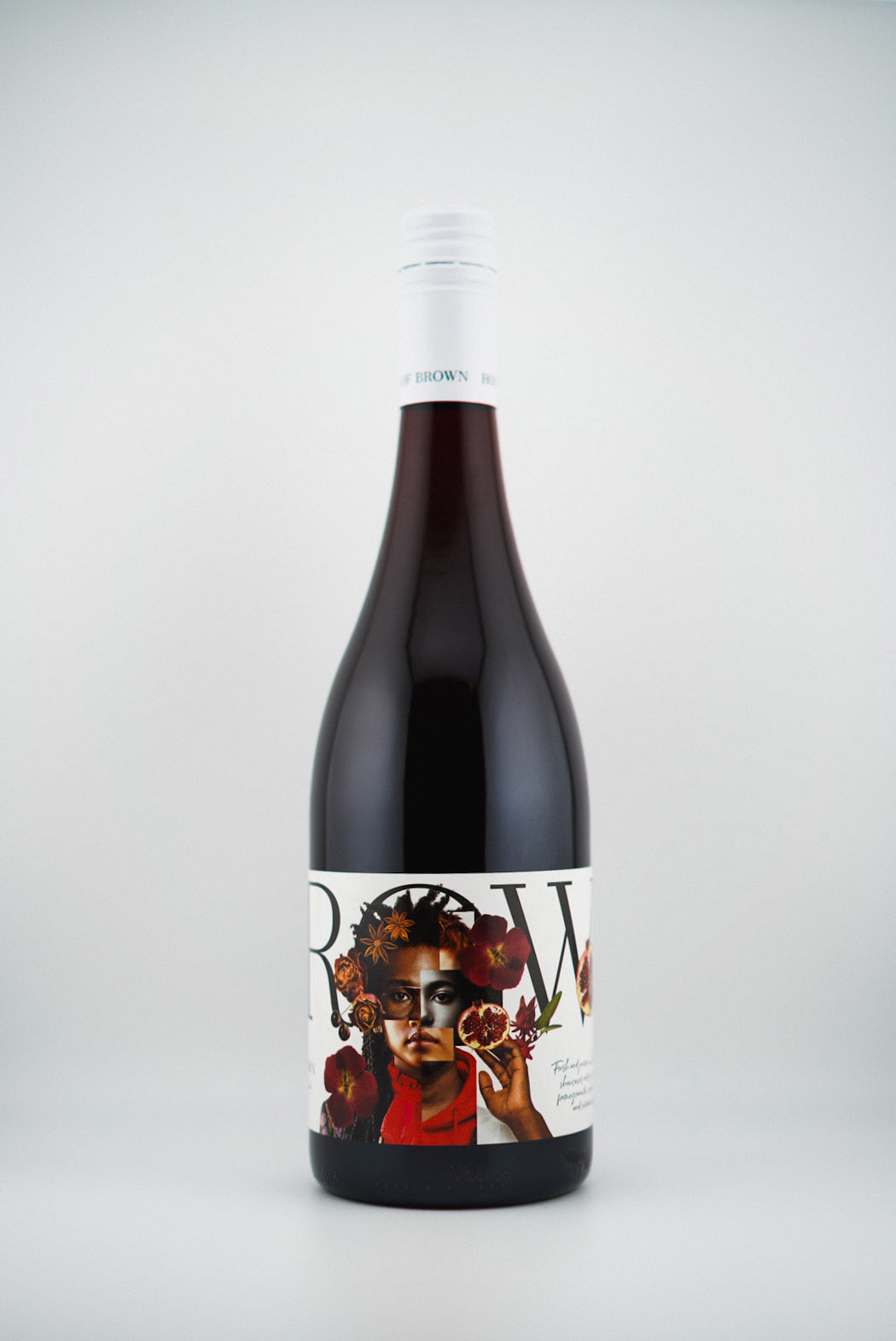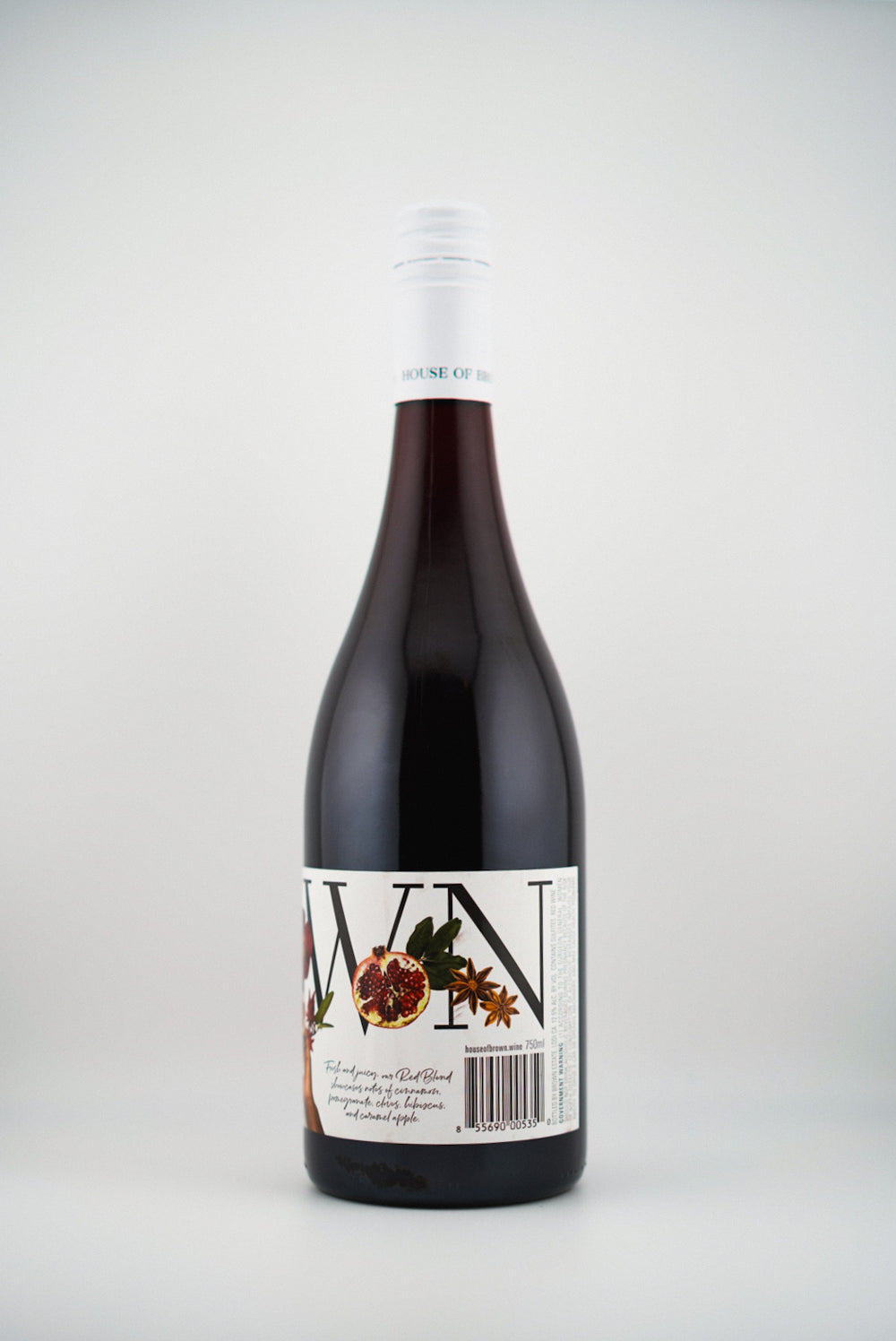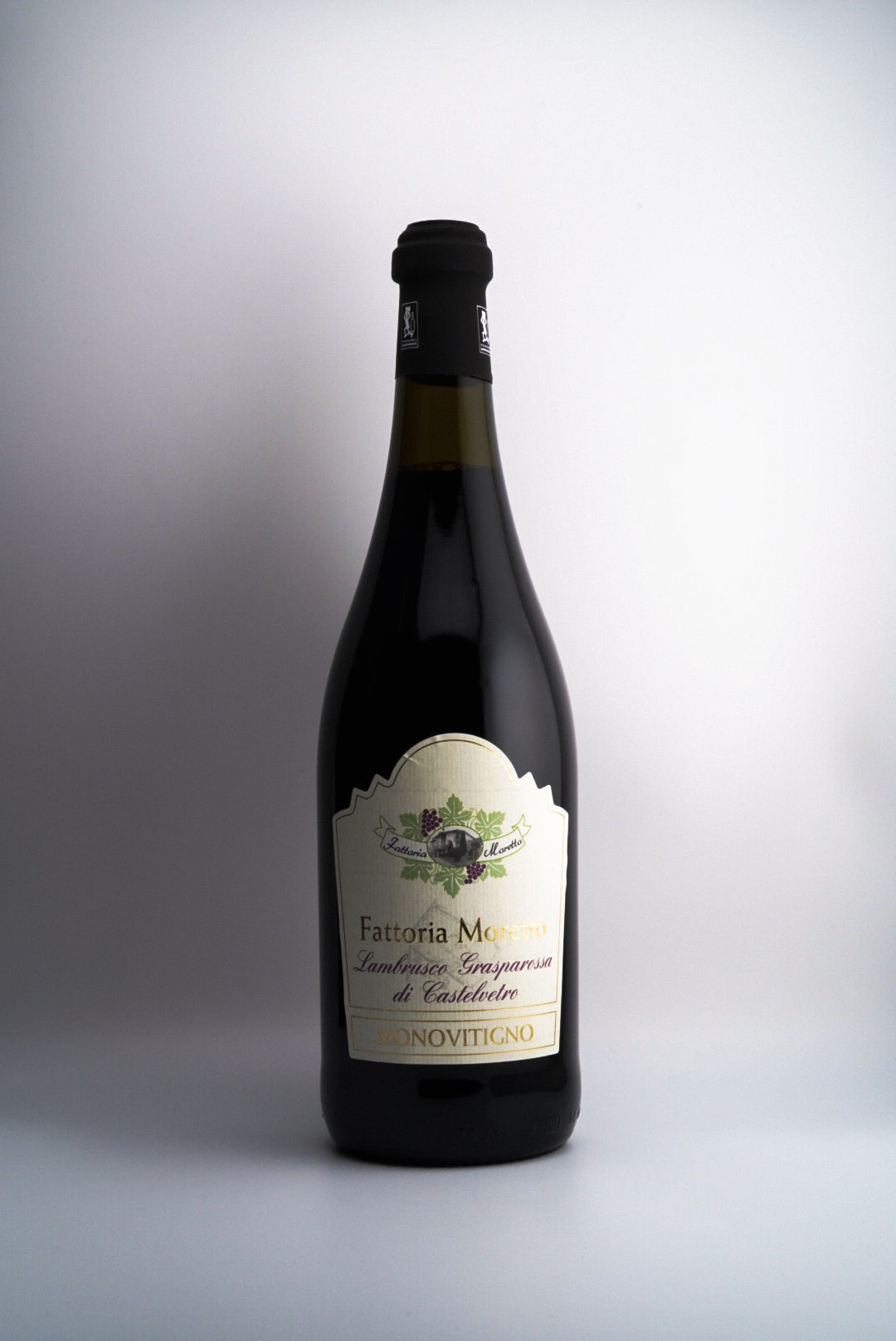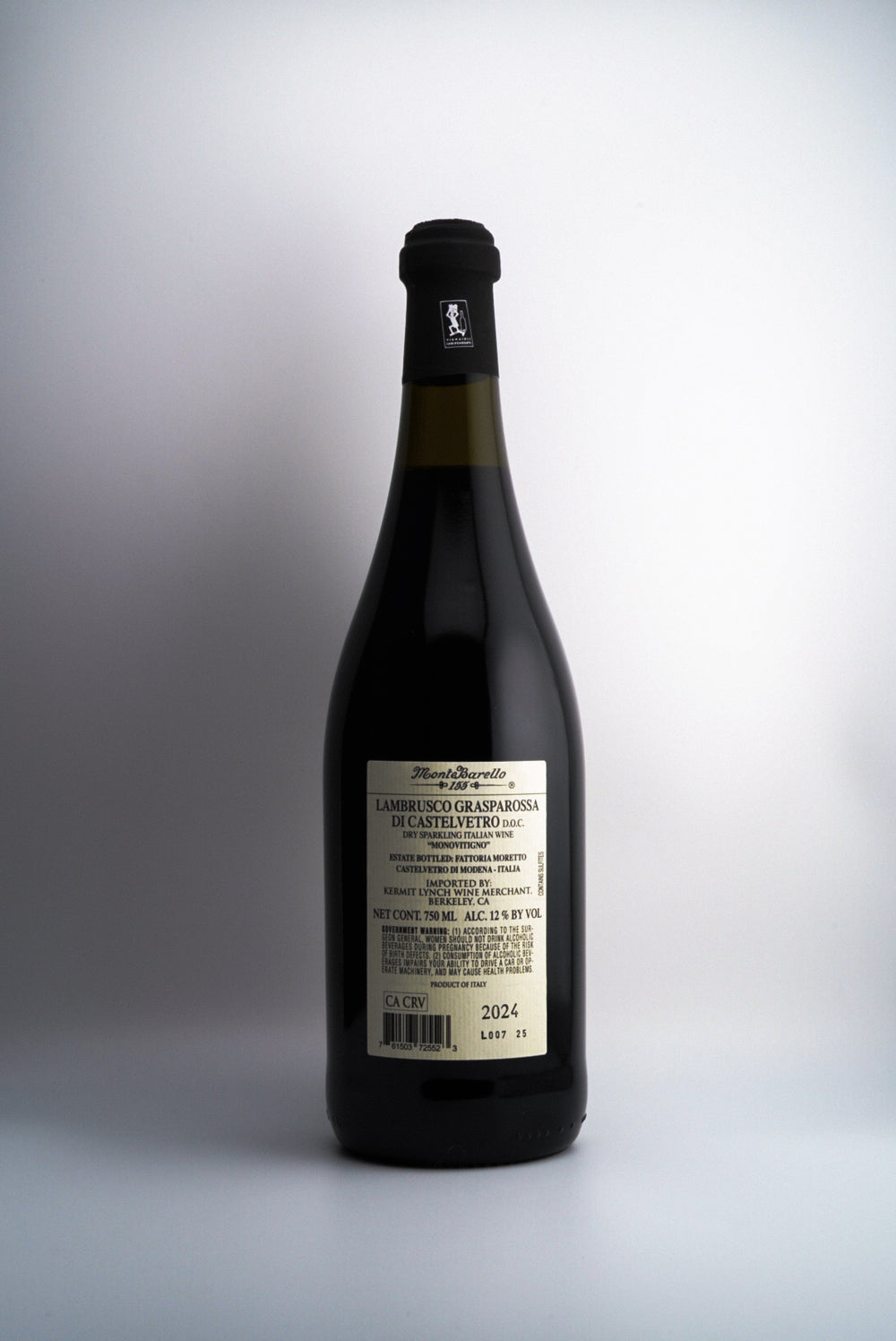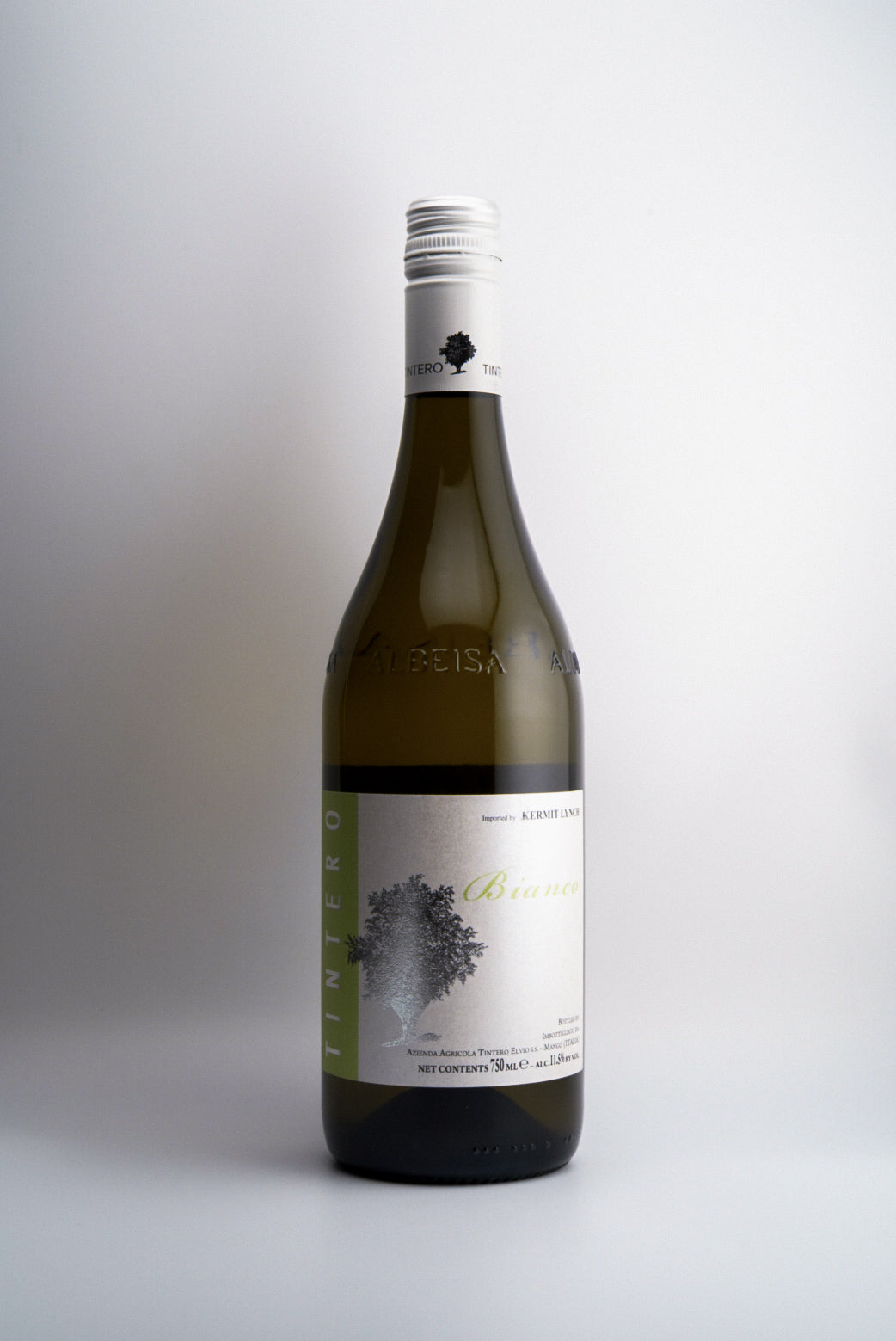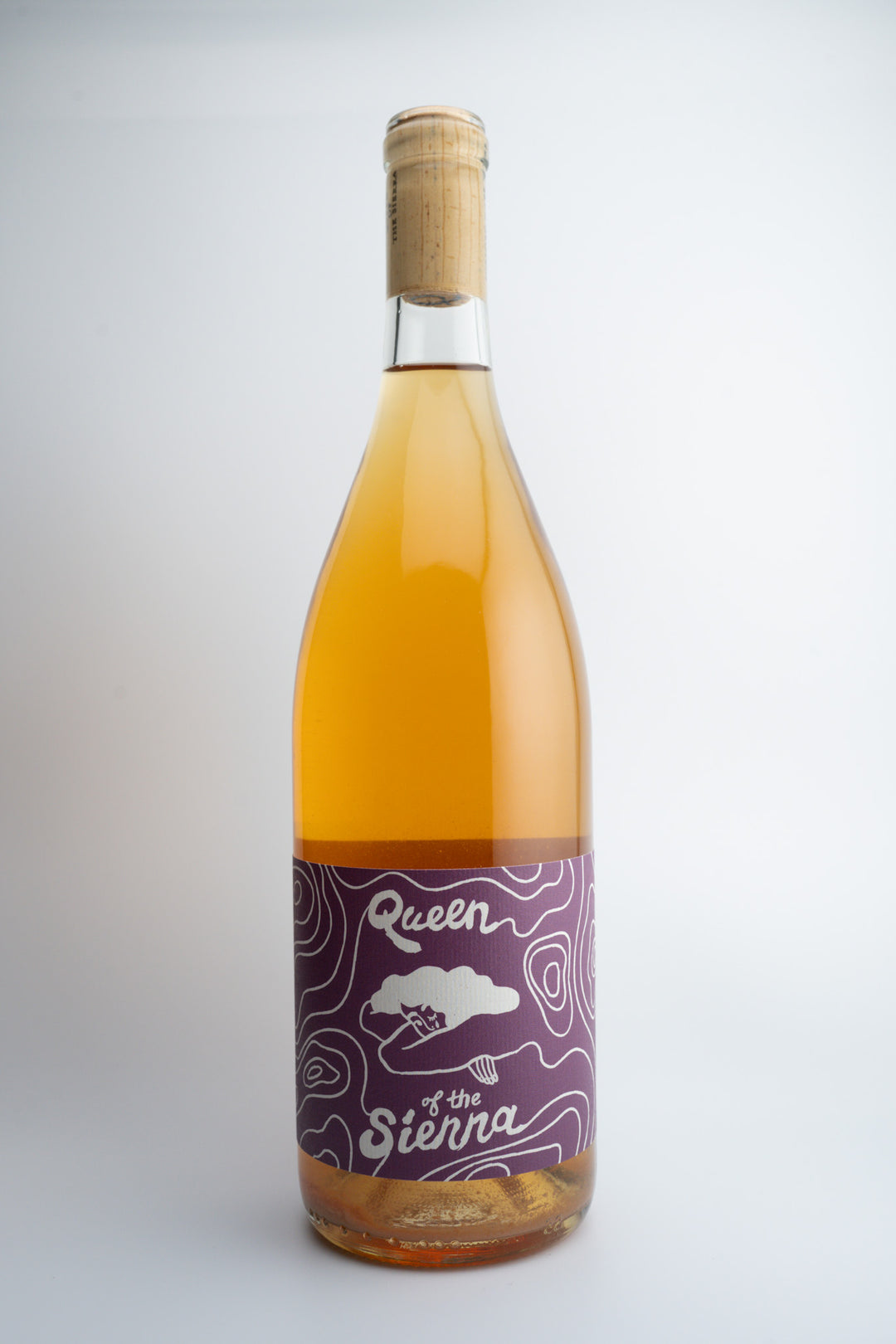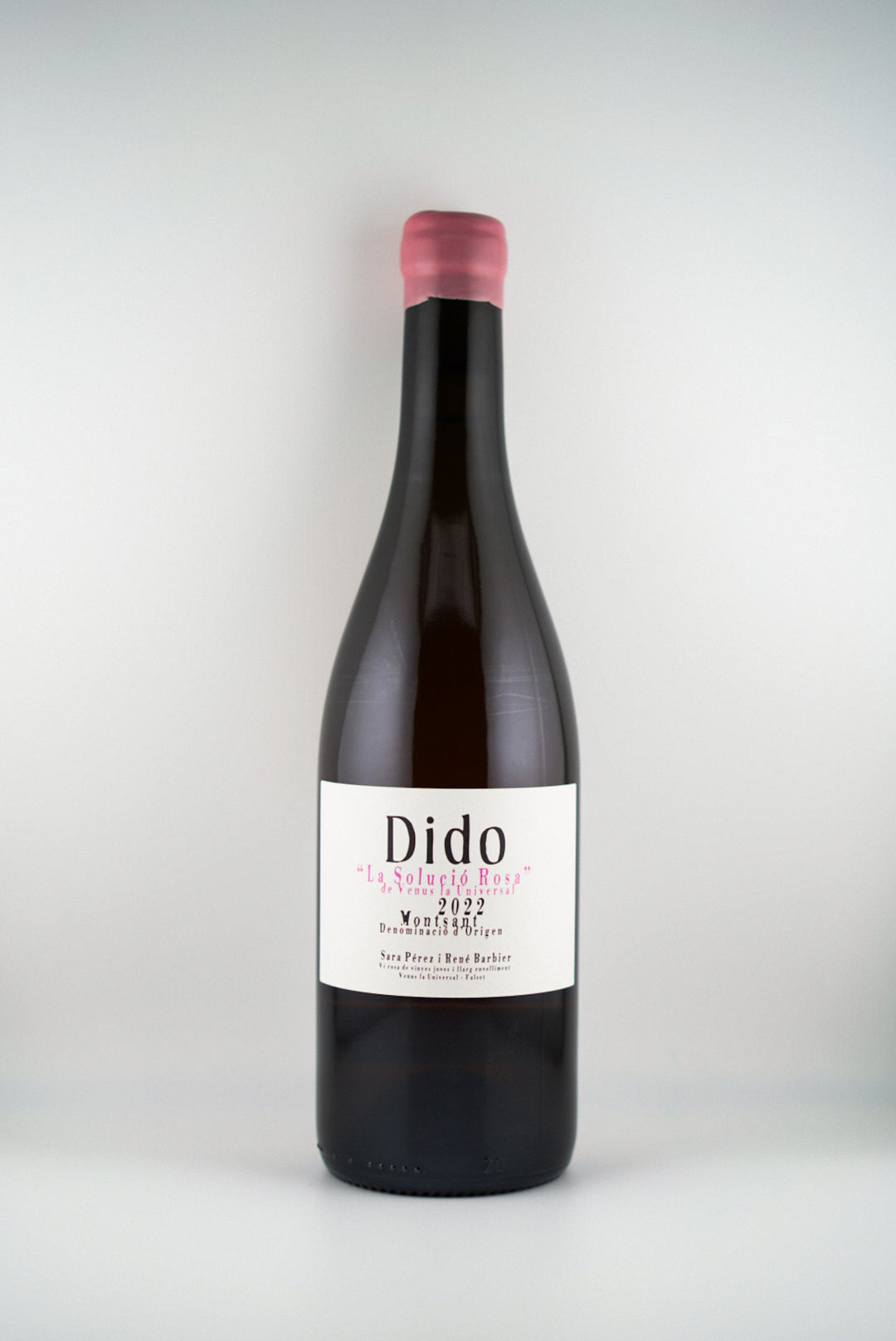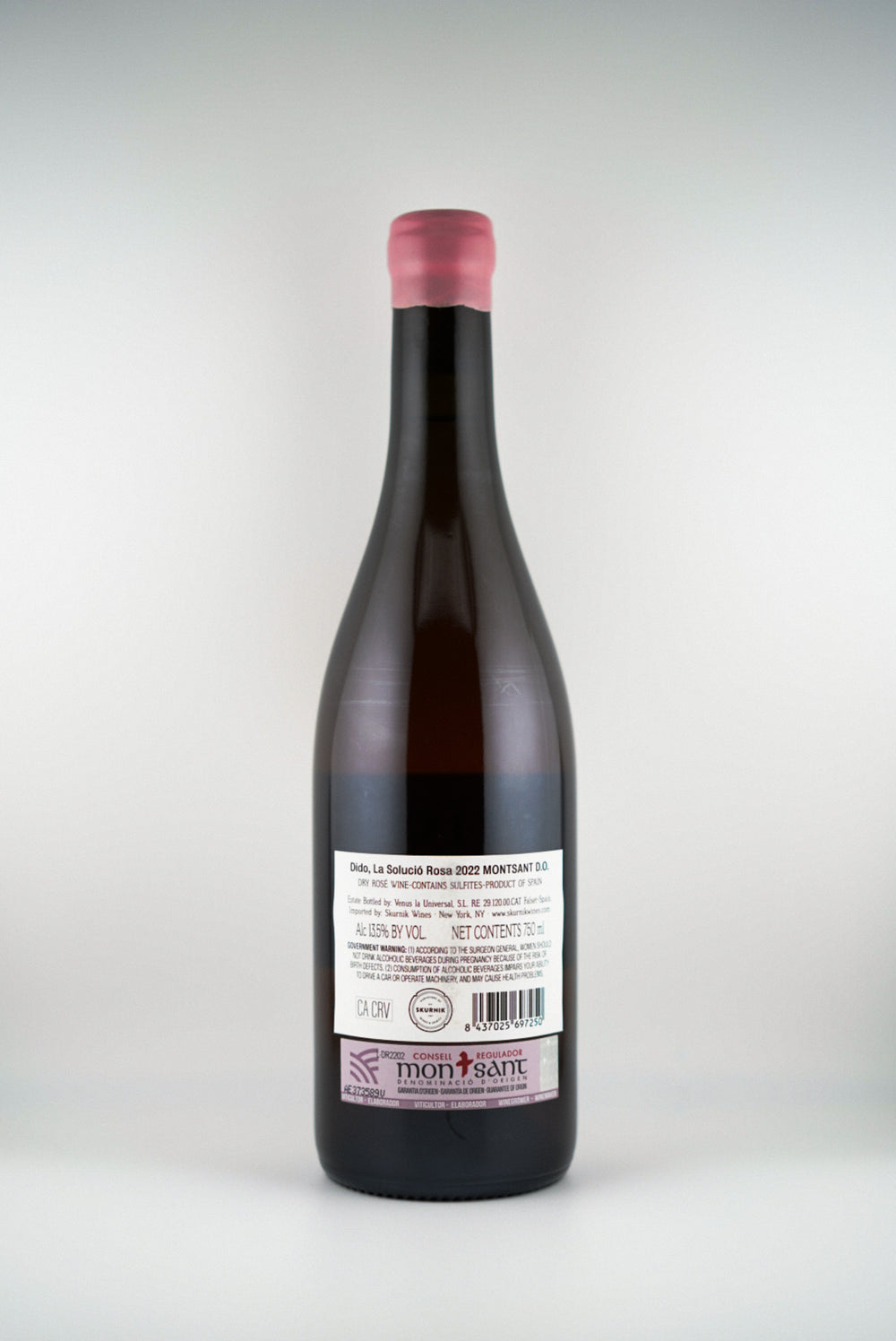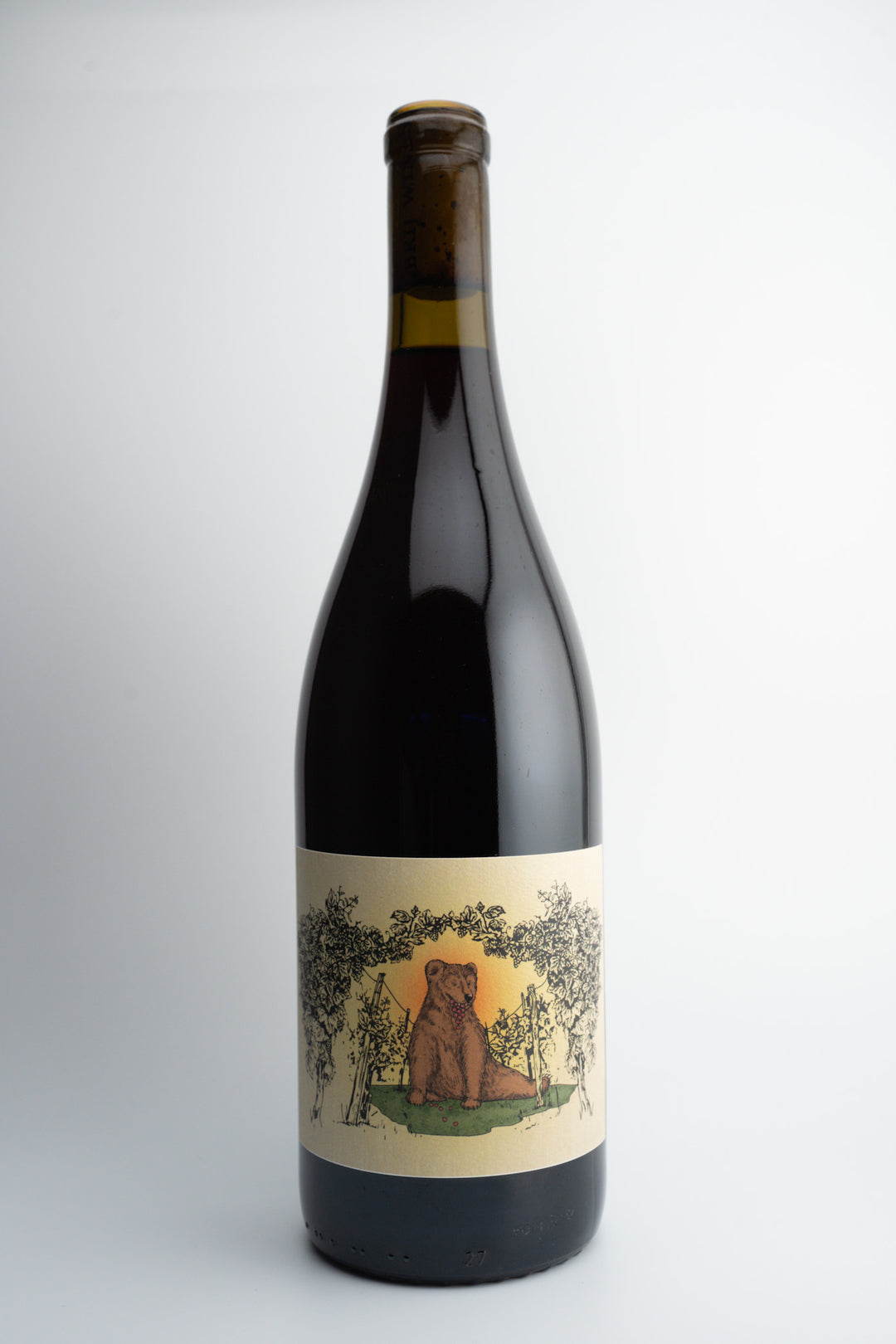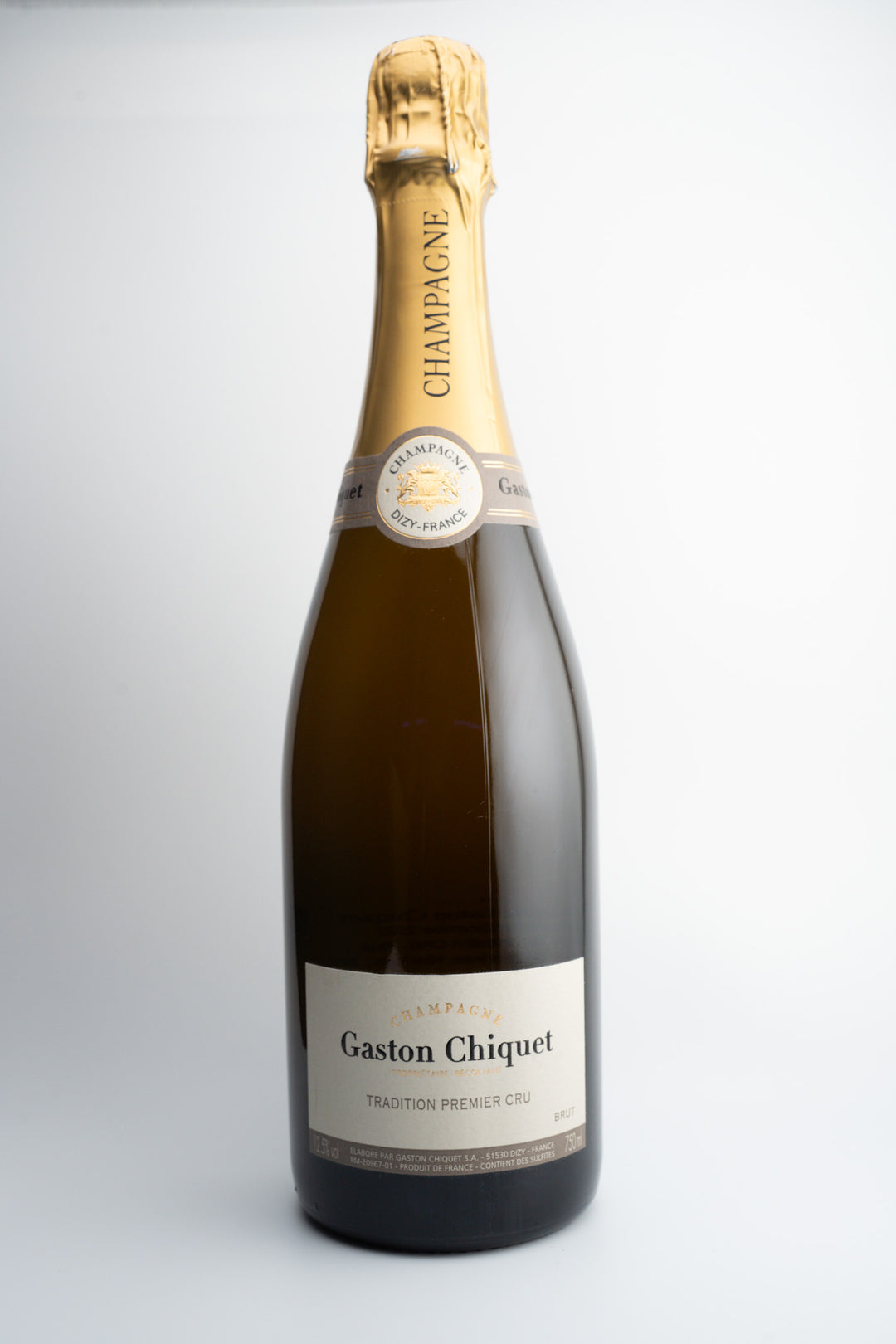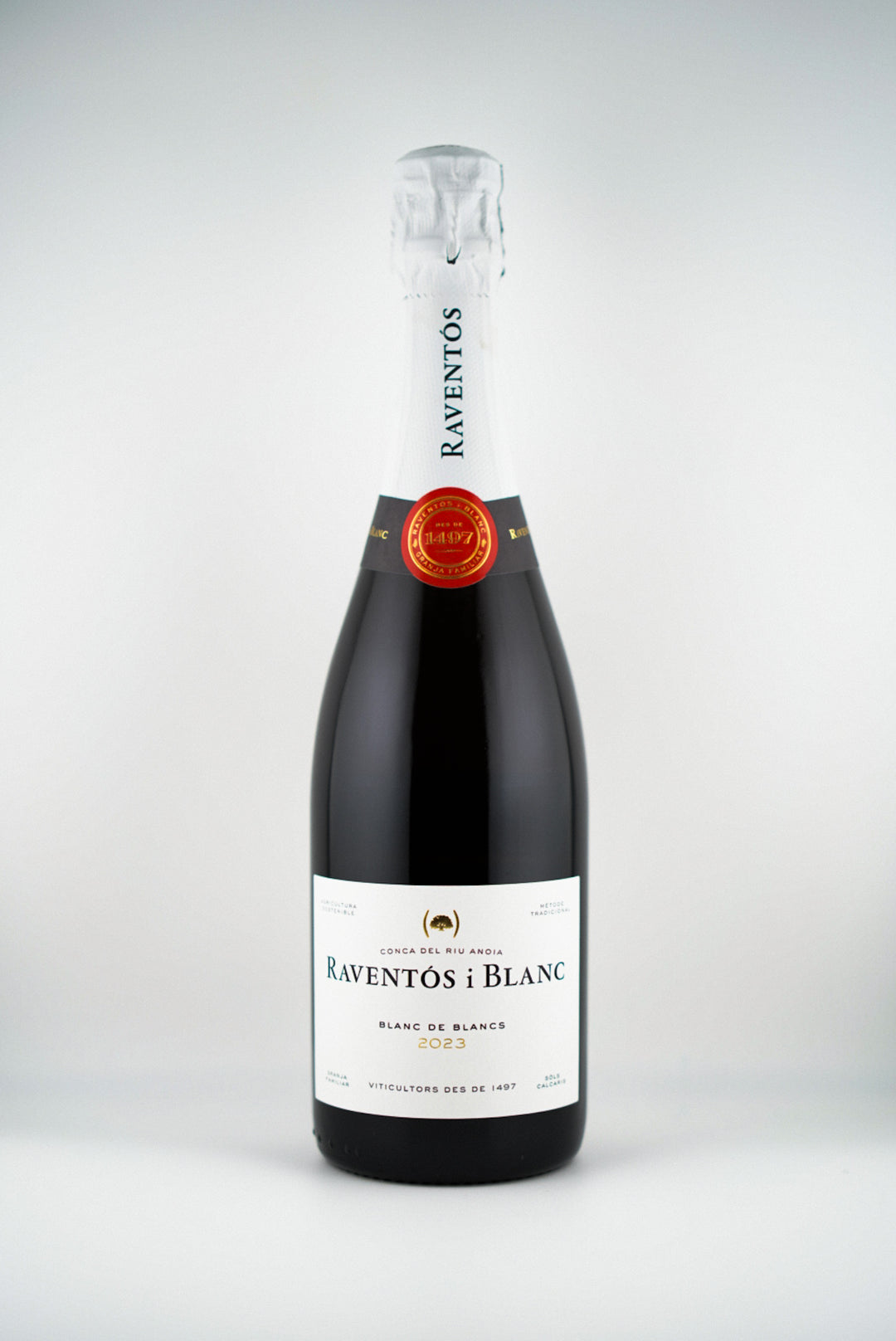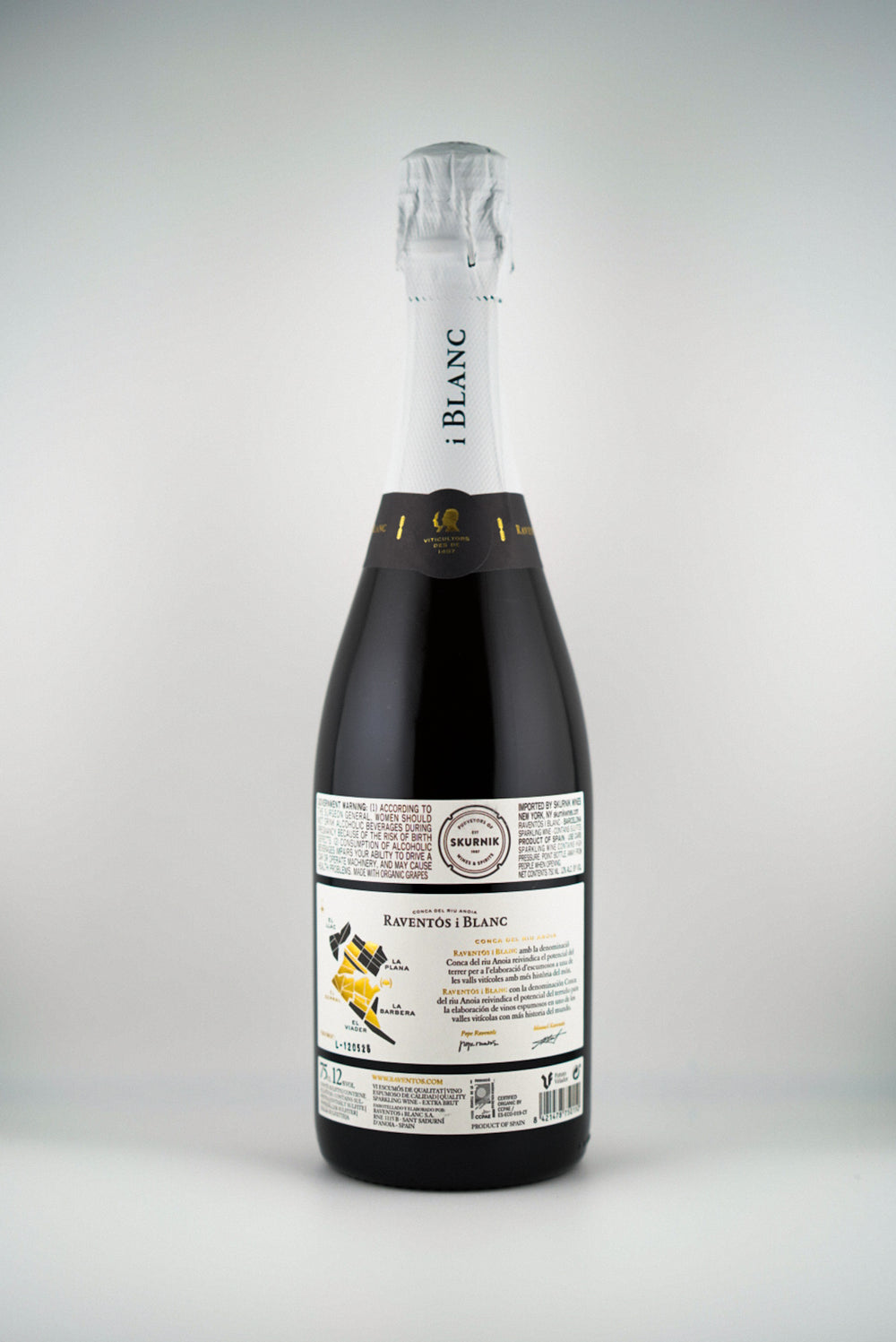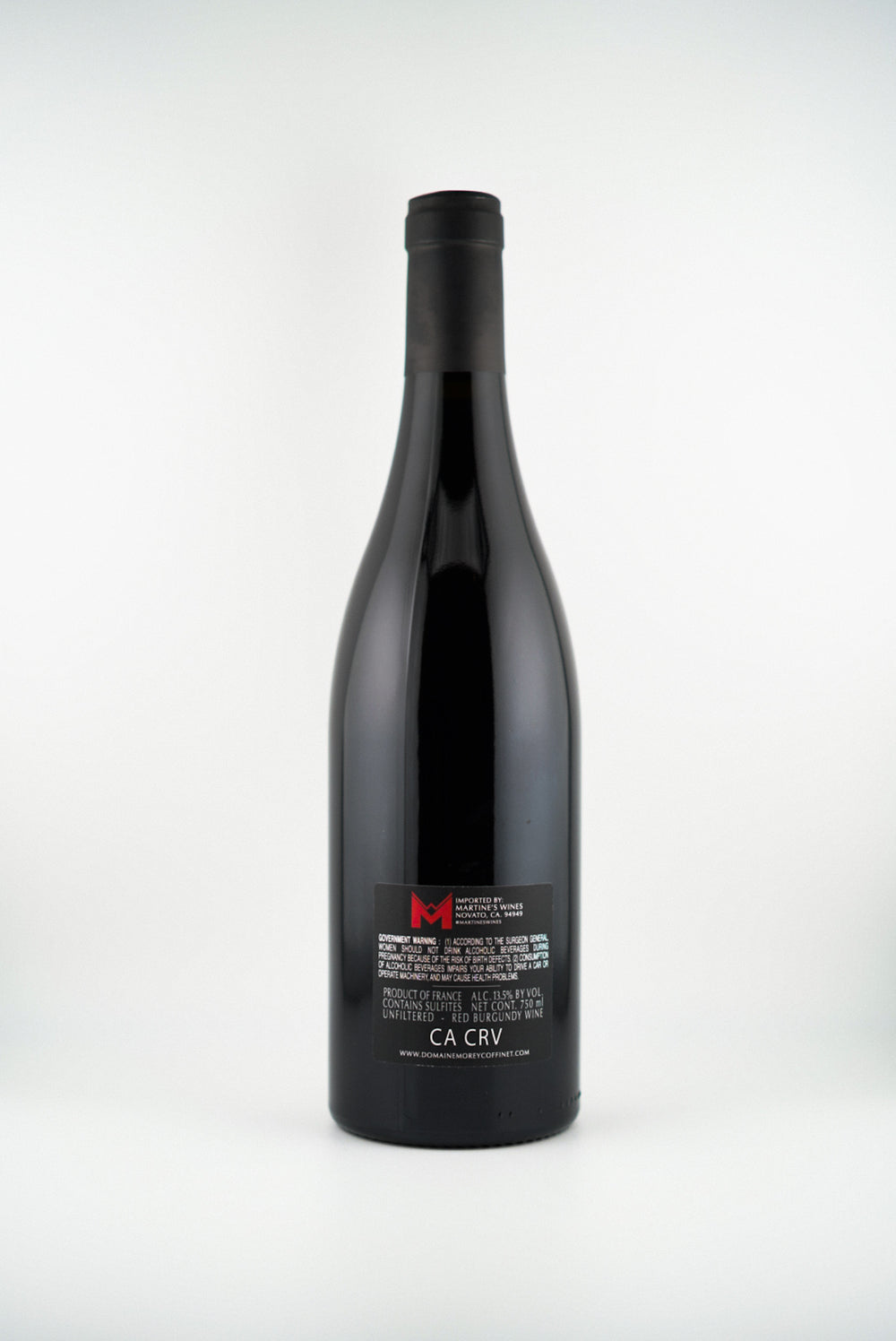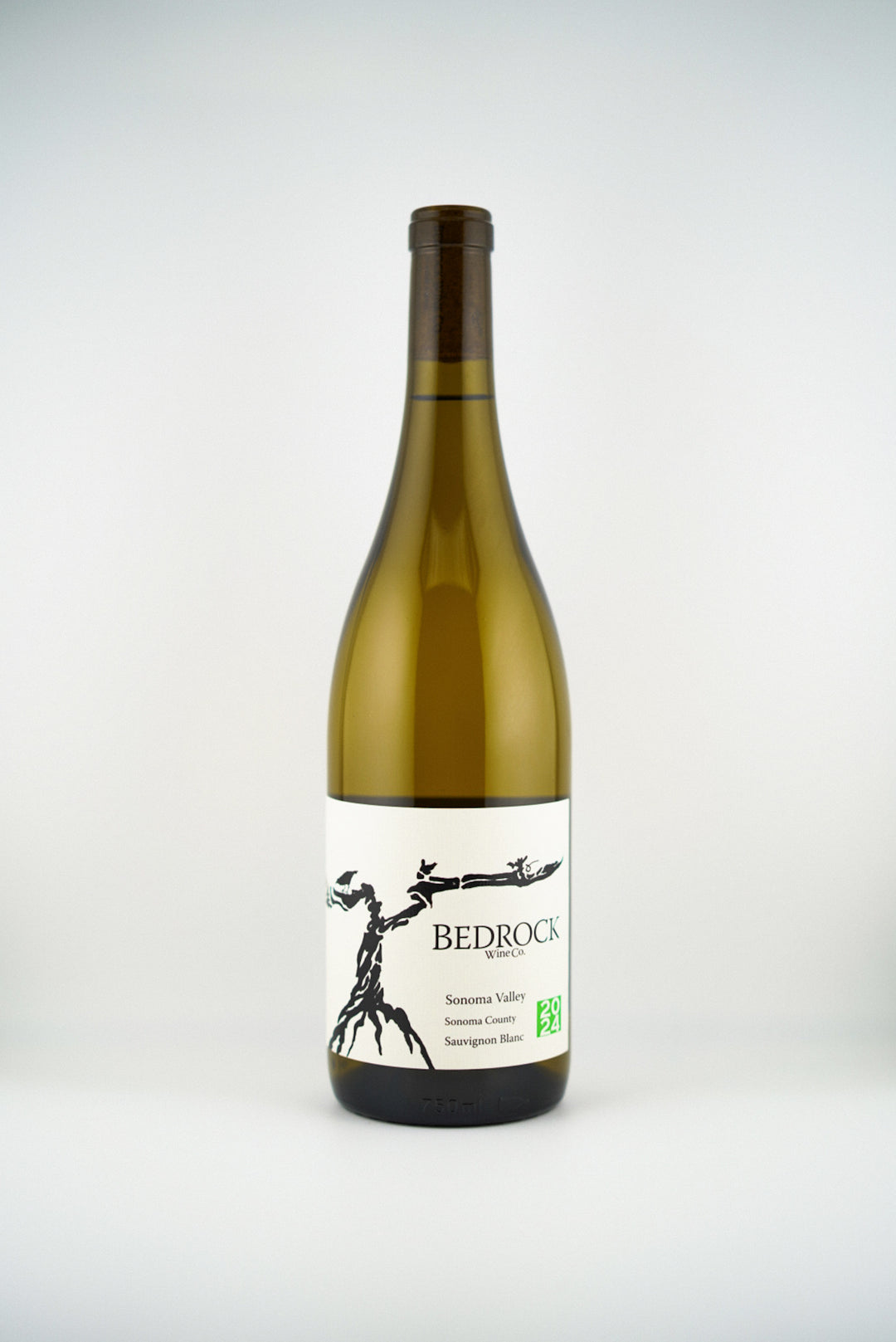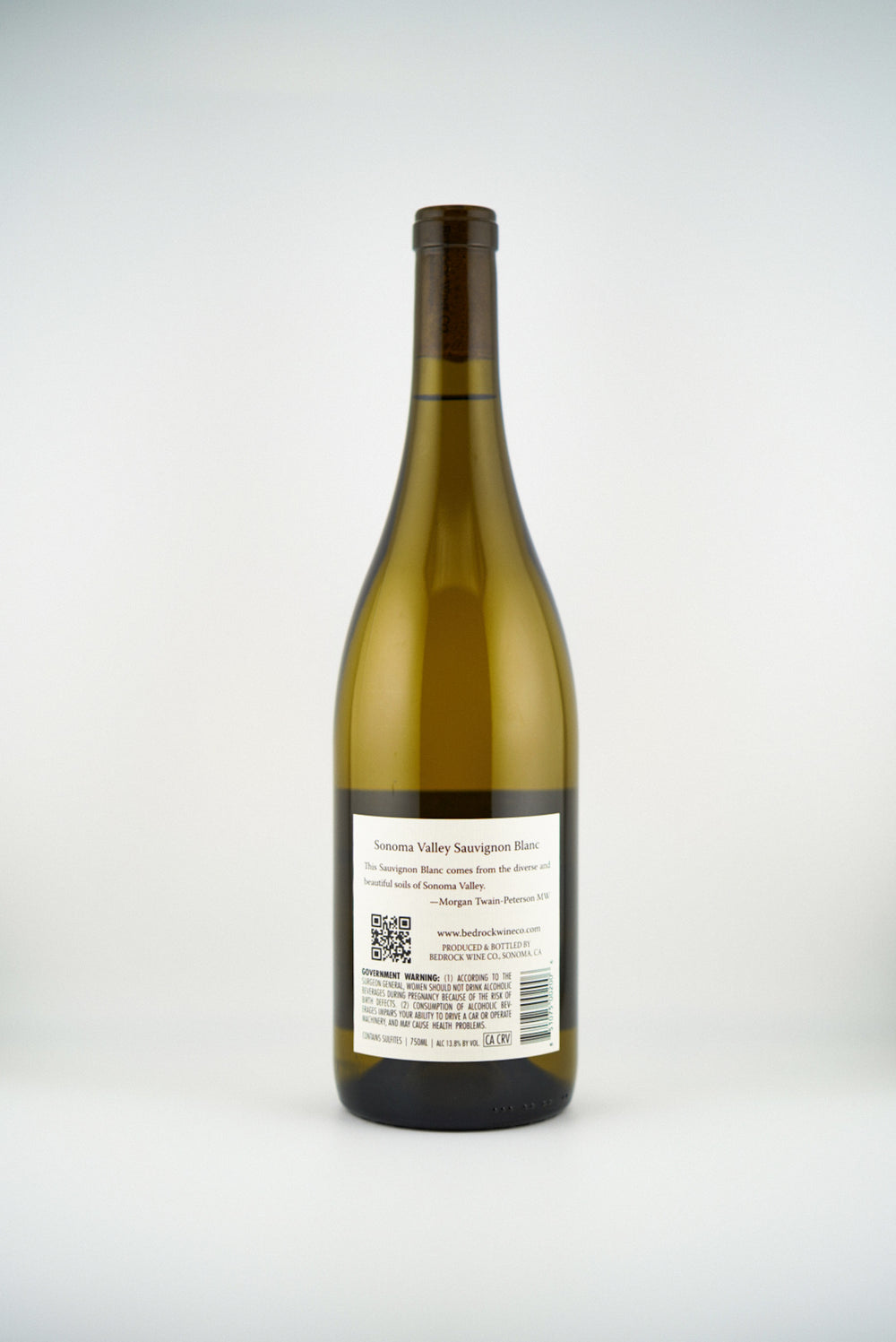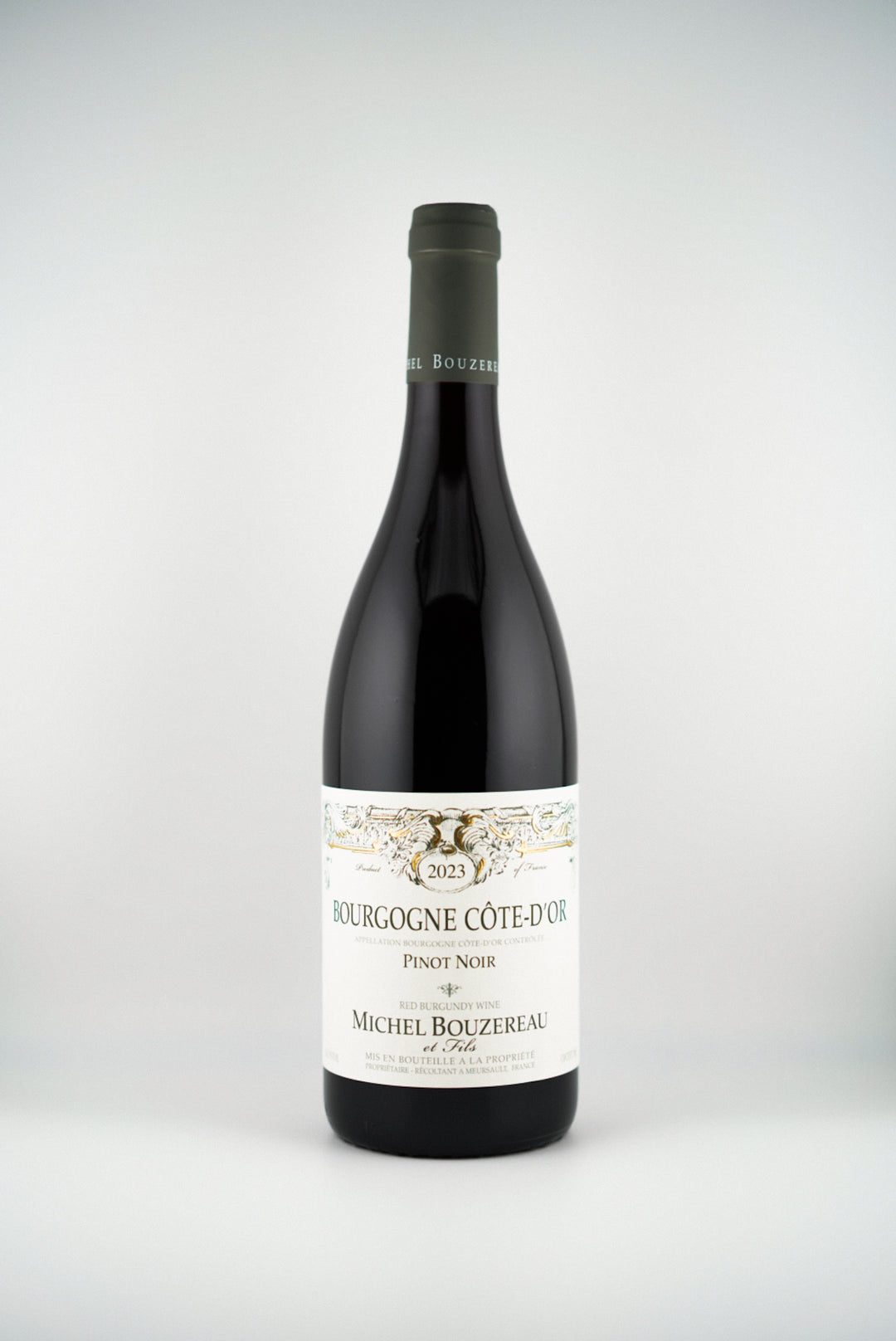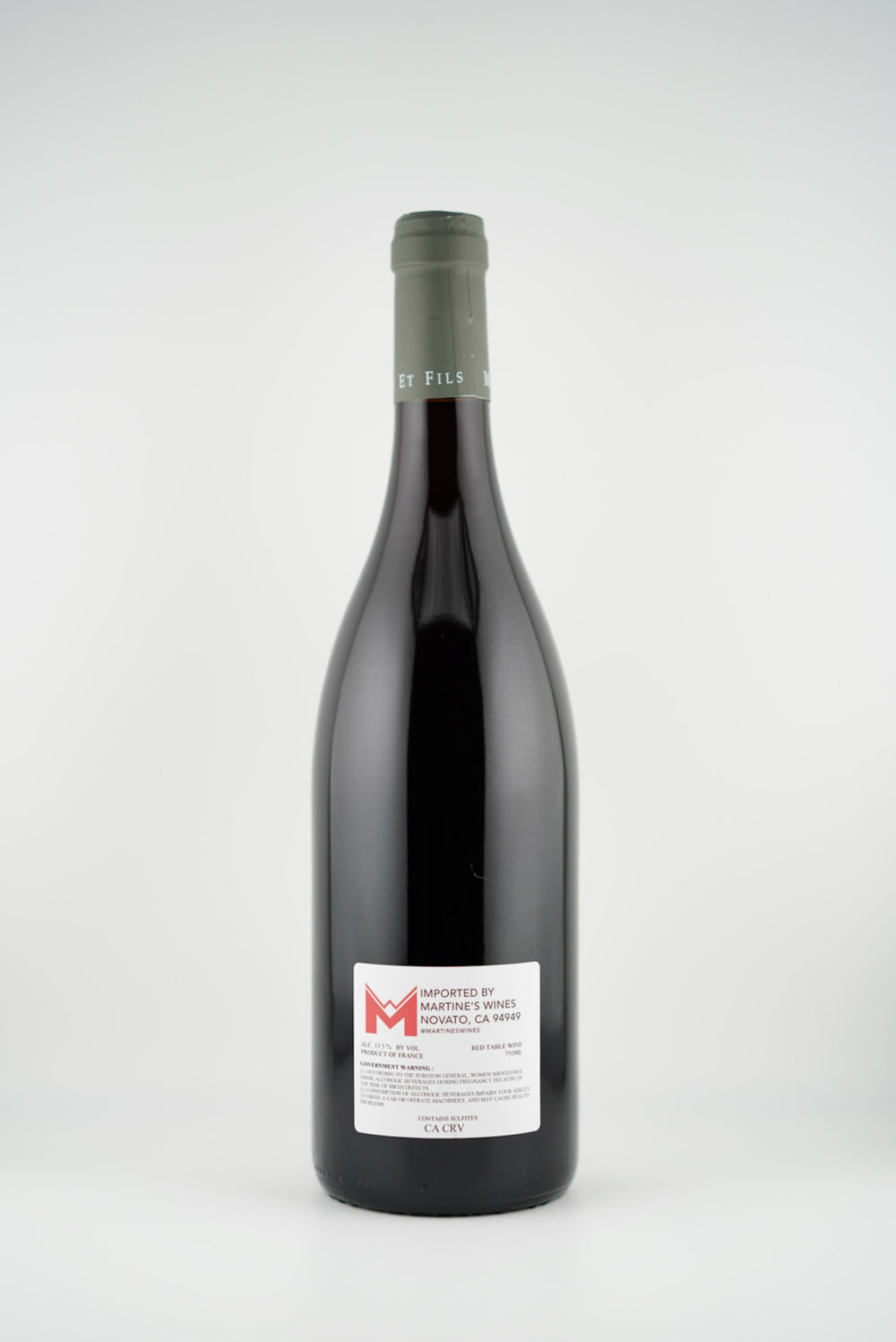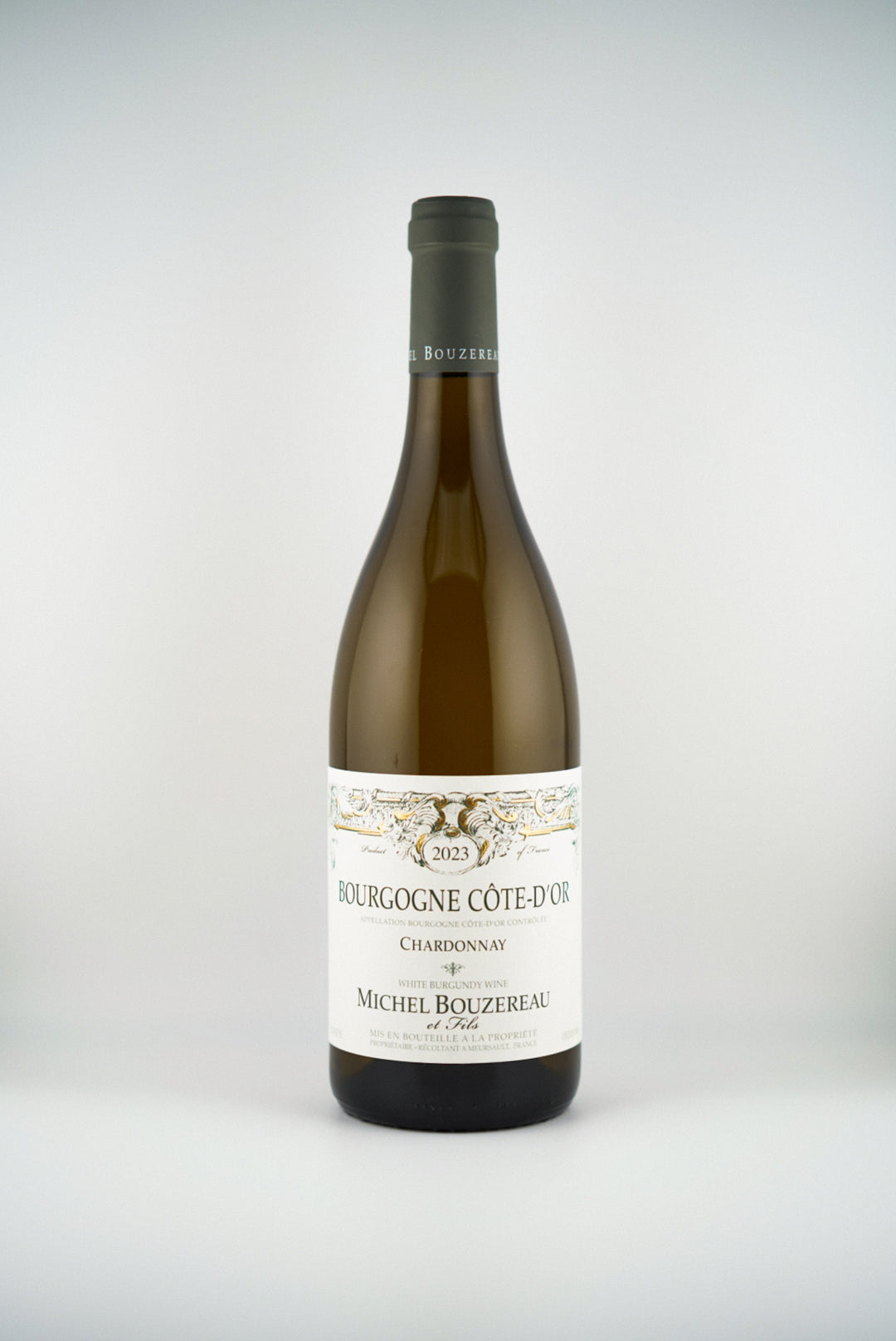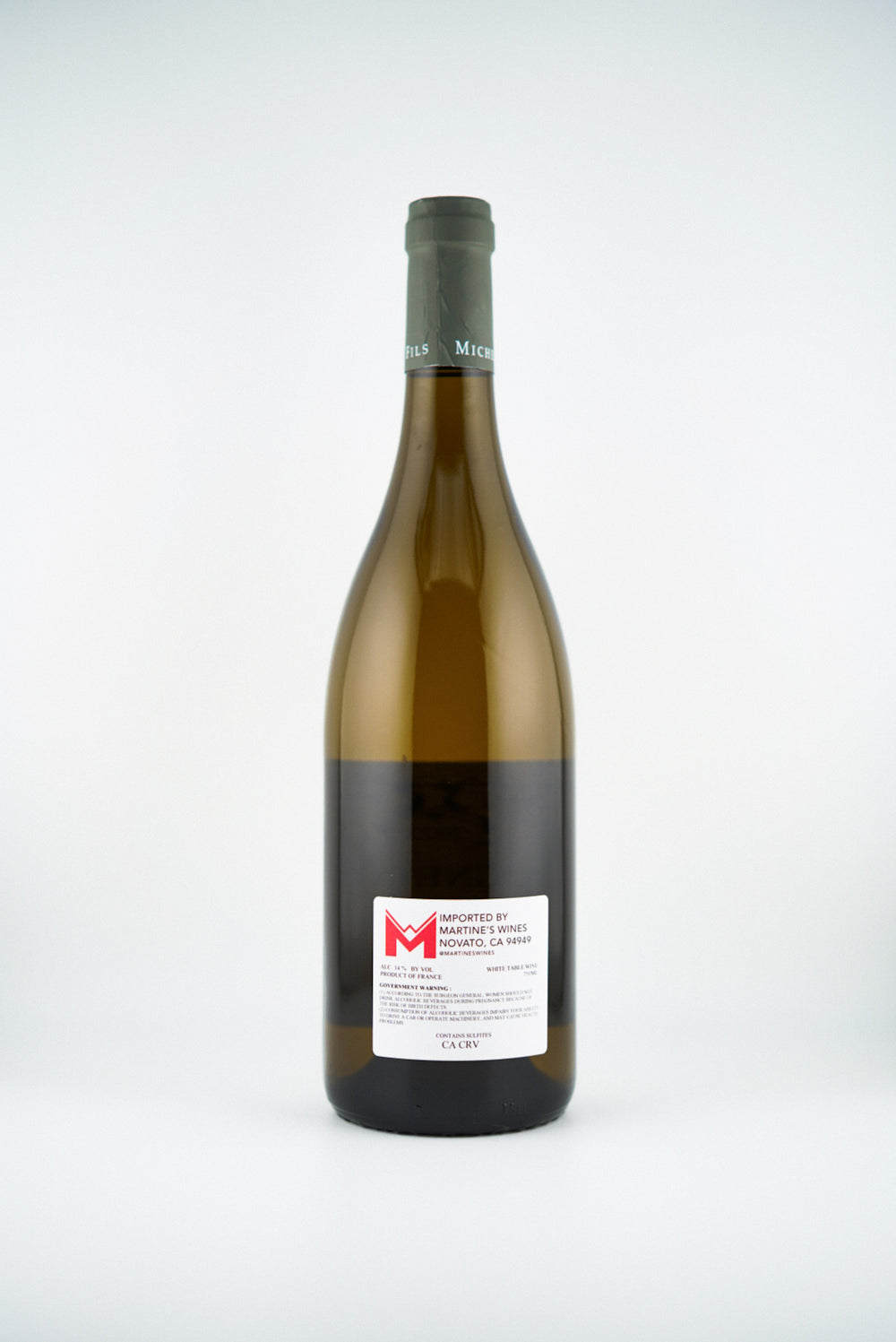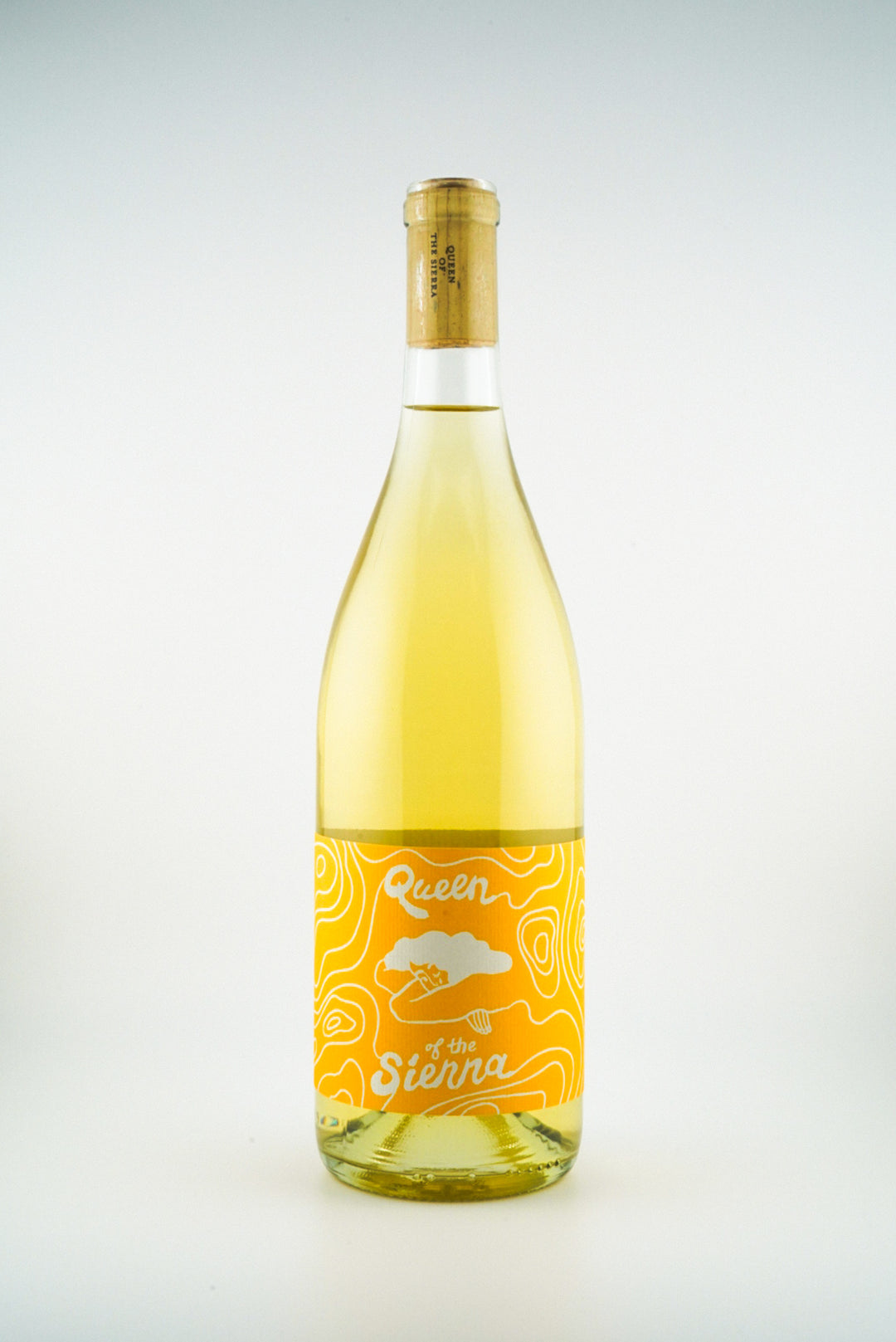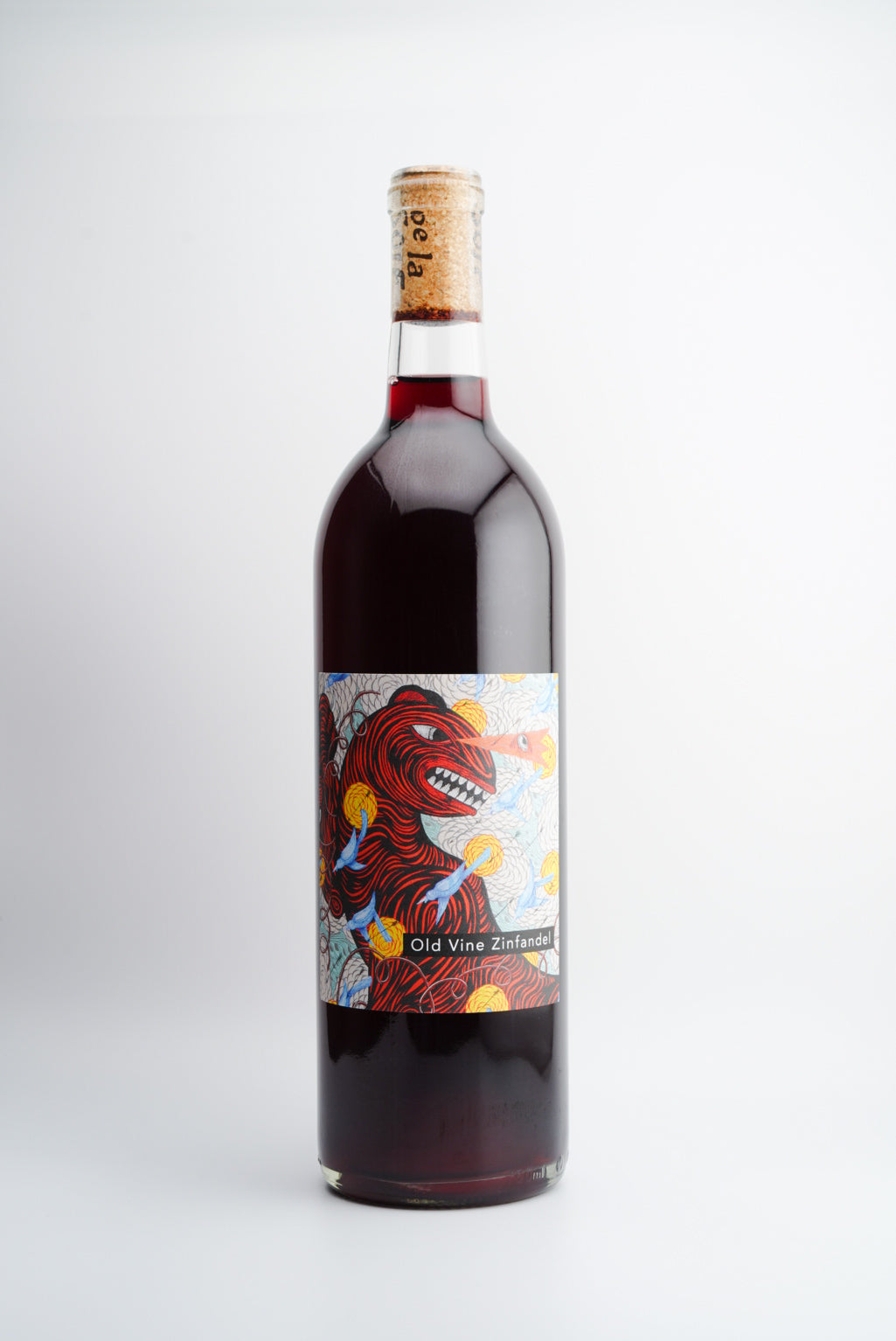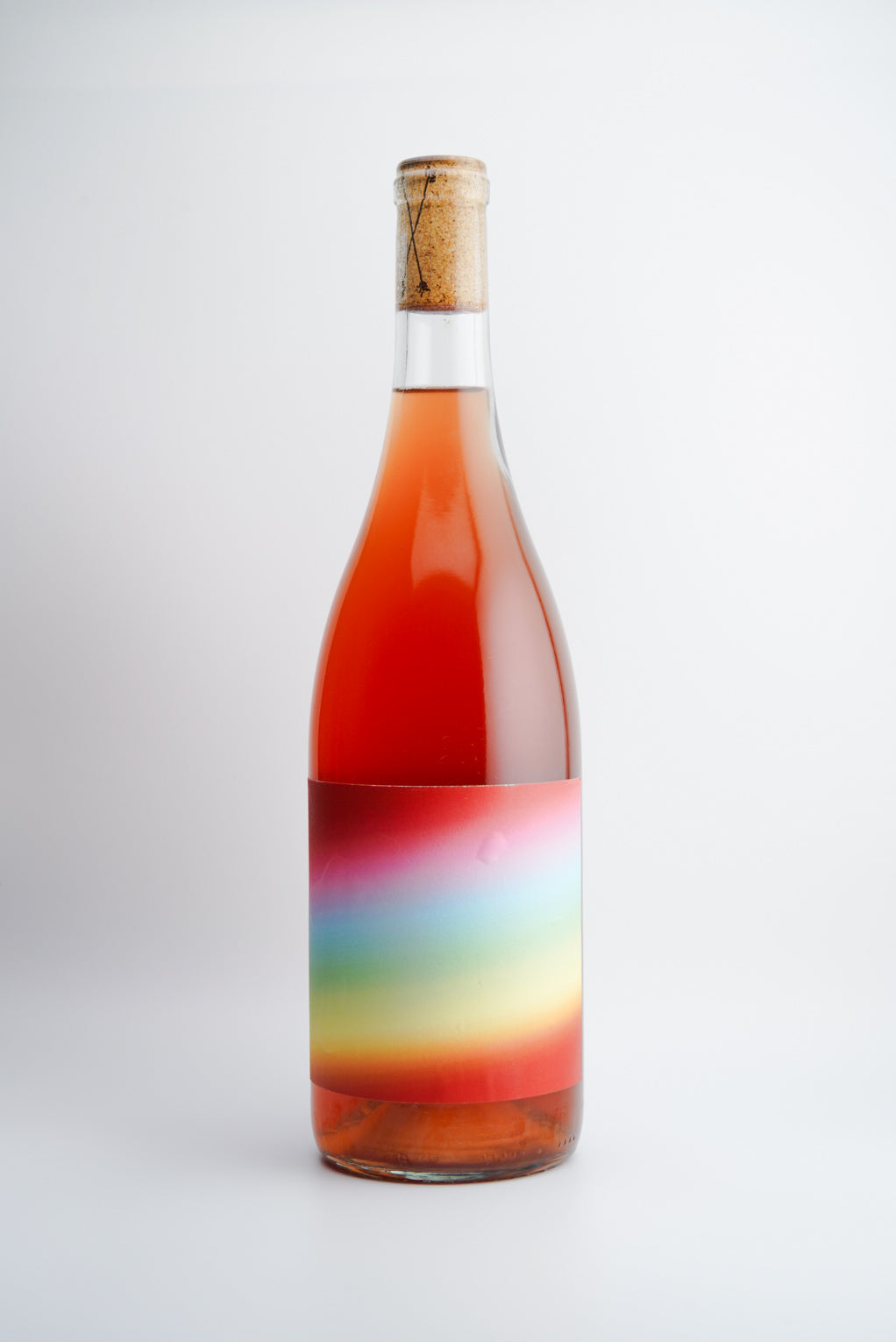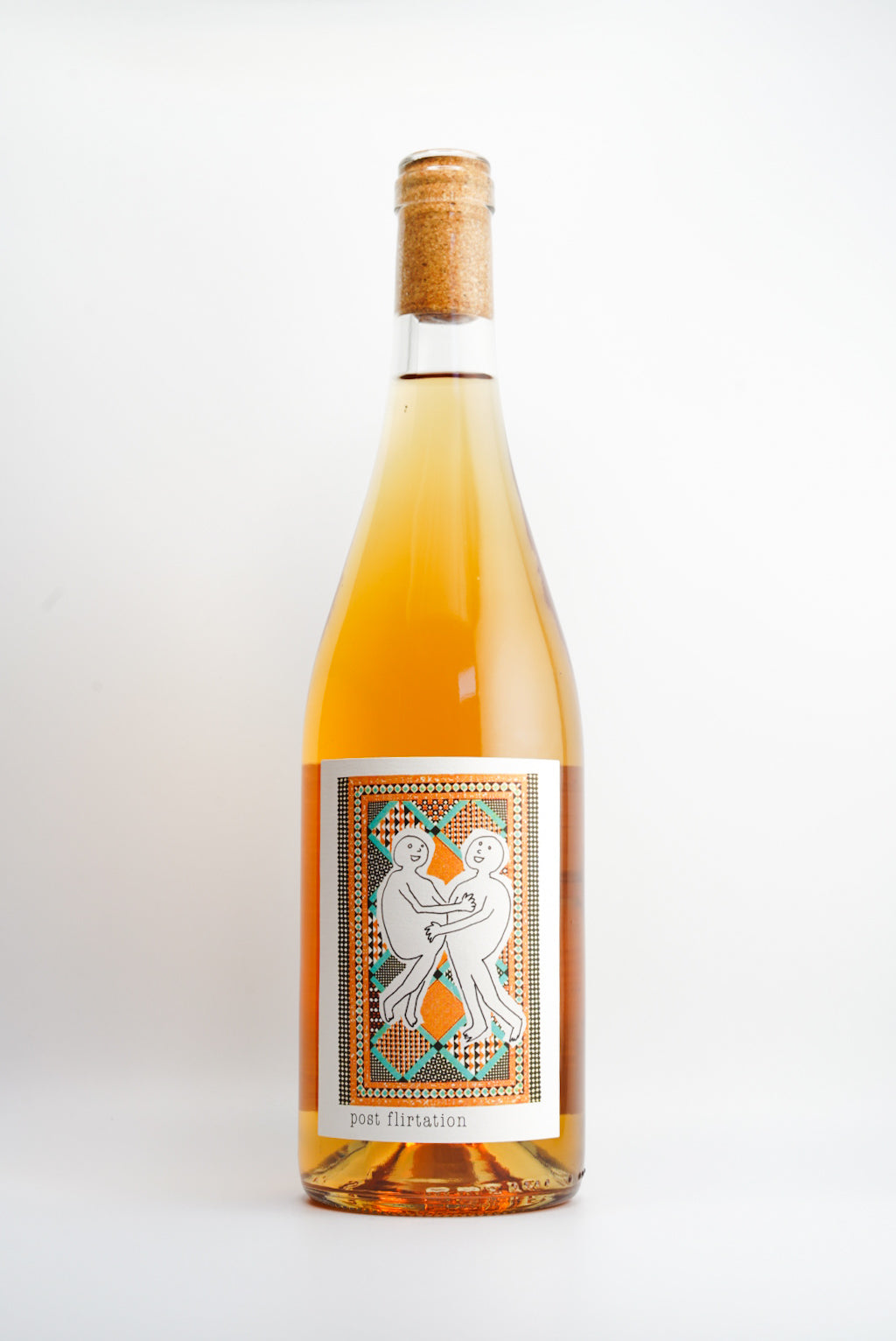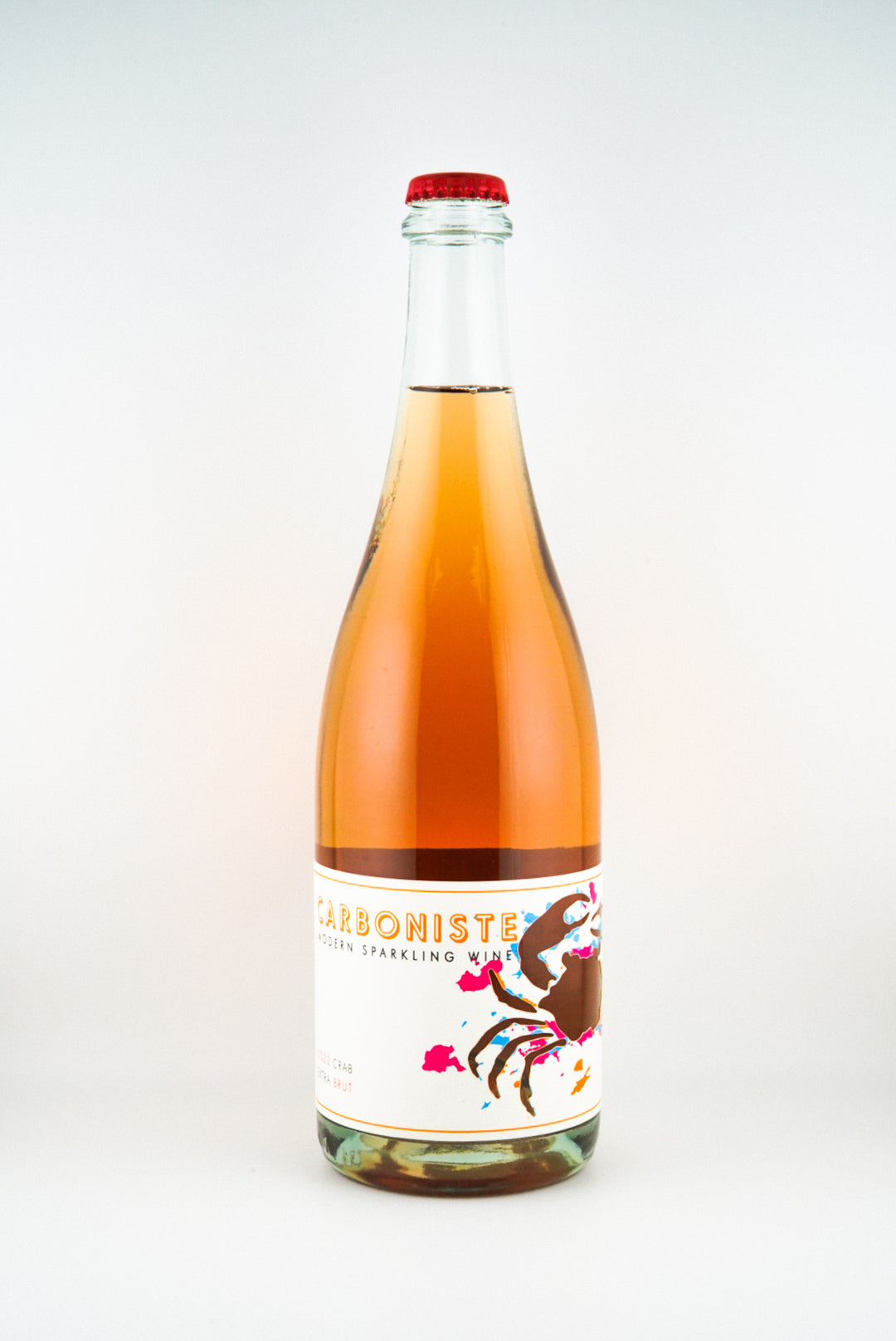New Zealand Wine Guide
Explore New Zealand Wine
 Source: Hawke's Bay Tourism, Photo of Craggy Range with Te Mata peak in the background.
Source: Hawke's Bay Tourism, Photo of Craggy Range with Te Mata peak in the background.
Table of Contents:
Wine Styles & Varieties |
Regions & Practices |
New Zealand's dramatic ascent in the global wine scene represents one of the most remarkable success stories in modern viticulture. In barely four decades, this island nation has transformed from an obscure winemaking outpost to a powerhouse recognized worldwide for distinctive, premium wines. Yet behind the Sauvignon Blanc juggernaut that catapulted New Zealand onto the world stage lies a far more nuanced story—one of diverse terroirs, pioneering spirits, and wines of remarkable character that extend well beyond the crisp, aromatic whites that first captured global attention.
As we journey through New Zealand's viticultural landscape, we'll discover how this young nation's winemaking identity has been shaped by its colonial past, unique geography, and innovative approach to viticulture. Most importantly, we'll look beyond the stereotypes to uncover the true depth and diversity of New Zealand wine—where Pinot Noir, Syrah, and Chardonnay are quietly producing some of the Southern Hemisphere's most compelling expressions, often overshadowed by their more famous aromatic cousin.
The Historical Journey: From Colonial Outpost to Emerging Wine Nation
Māori Settlement and European Colonization
Long before the first vines were planted, New Zealand's story began with the arrival of Māori settlers approximately 700 years ago. These Polynesian voyagers established a profound connection with the land they called Aotearoa ("land of the long white cloud"), developing sustainable practices for living in harmony with the environment—principles that would later influence the nation's approach to viticulture.
European contact commenced with Dutch explorer Abel Tasman in 1642, but it wasn't until Captain James Cook's voyages in the late 18th century that detailed exploration began. British colonization followed, culminating in the 1840 Treaty of Waitangi between Māori chiefs and the British Crown—a foundational document that continues to shape the nation's identity and relationship with its indigenous peoples.
The Māori concept of kaitiakitanga—guardianship and protection of the environment—has become increasingly influential in modern New Zealand viticulture, with many wineries embracing these indigenous principles of sustainability and stewardship.
The First Vines: European Ambition Meets Pacific Terroir
The story of New Zealand wine begins with Reverend Samuel Marsden, who planted the first vines in the Bay of Islands in 1819. However, it was James Busby—British Resident and passionate viticulturist—who established the country's first vineyard of note in 1836 in Waitangi. Busby's collection of over 400 vine varieties, gathered during his European travels, became the foundation for Australian and New Zealand viticulture.
These early efforts faced significant challenges. The cool, maritime climate proved difficult for European varieties accustomed to continental conditions. Disease, isolation, and limited viticultural knowledge further hampered development. Additionally, the temperance movement gained considerable influence in New Zealand society during the late 19th and early 20th centuries, creating social and legislative barriers to wine production.
Birth of Commercial Winemaking: Missionaries and Immigrants
The establishment of New Zealand's first commercial winery came through the efforts of French Catholic missionaries. In 1851, the Society of Mary founded Mission Estate in Hawke's Bay, which remains the country's oldest continuously operating winery. The missionaries required sacramental wine for religious ceremonies, providing both motivation and expertise for quality winemaking.
Another pivotal influence came from Croatian immigrants (primarily from Dalmatia) who arrived in the late 19th century. Initially drawn to the gum fields of the North Island, many Dalmatians applied their Mediterranean viticultural knowledge to establish wineries in Auckland and surrounding regions. Families like Babich, Nobilo, and Delegat—all with Croatian roots—would later become instrumental in developing New Zealand's modern wine industry.
Despite these pioneering efforts, New Zealand's wine industry remained small and focused primarily on fortified wines and basic table wines until the late 20th century. A transformative period was yet to come.
The Modern Renaissance (1970s-1990s): Finding a Global Voice
The 1970s marked a turning point for New Zealand wine. Changing consumer preferences, overseas travel experiences, and growing confidence in local potential drove a shift from bulk, fortified wines toward quality table wines. This period also saw the strategic introduction of cool-climate European varieties better suited to New Zealand's growing conditions.
Two critical events catalyzed this renaissance:
1. Montana's Marlborough Gamble: In 1973, Frank Yukich of Montana Wines (now Brancott Estate) made the audacious decision to plant vineyards in Marlborough's Wairau Valley on the South Island—a region previously considered too cold for viticulture. This move would ultimately redefine New Zealand wine.
2. The "British Butcher" Reforms: In 1973, Britain joined the European Economic Community, eliminating preferential trade agreements with New Zealand. This economic shock forced the country to develop new markets and industries, with wine emerging as a high-value export opportunity.
The Sauvignon Blanc Revelation
The watershed moment came in 1985 when Cloudy Bay released its Marlborough Sauvignon Blanc, captivating international markets with its explosive aromatics and distinctive style. Wine critic Oz Clarke famously described it as "a cloudburst of gooseberry and passion fruit," unlike anything the wine world had experienced before.
This success was no accident but the fortuitous marriage of variety and place. Marlborough's combination of intense sunlight, cool nights, and free-draining soils produced Sauvignon Blanc with unprecedented aromatic intensity and vibrant acidity. The wine's distinctive profile—bursting with tropical fruit, herbaceous notes, and crystalline purity—created an instantly recognizable style that became New Zealand's calling card.
Rebuilding After Phylloxera
The 1980s and 1990s also saw the arrival of phylloxera, the devastating root louse that had decimated European vineyards a century earlier. While devastating, this challenge became an opportunity. The necessary replanting allowed producers to select better clonal material, choose more appropriate varieties for each site, and implement modern viticultural techniques.
This period of renewal coincided with the industry's focus on quality and international market development, setting the stage for New Zealand's emergence as a premium wine producer on the global stage.
New Zealand Wine Today: By the Numbers
New Zealand's wine industry has grown exponentially from humble beginnings to become a significant contributor to the national economy and global wine landscape:
Vineyard Area: As of 2024, New Zealand has approximately 41,000 hectares under vine, with Marlborough accounting for nearly 70% of all plantings.
Production Volume: Annual production now exceeds 300 million liters (approximately 33 million cases), making New Zealand the world's 14th largest wine producer—remarkable for its small geographical size.
Export Value: Wine exports surpassed NZ$2 billion in 2023, representing New Zealand's sixth-largest export category. This figure has grown by over 80% in the past decade.
Key Markets: The United States, United Kingdom, Australia, Canada, and increasingly China represent the primary export destinations, collectively accounting for over 80% of all exports.
Varietal Breakdown: Sauvignon Blanc dominates production at approximately 73% of all plantings, followed by Pinot Noir (14%), Chardonnay (3%), Pinot Gris (3%), and Merlot (2%).
Premium Positioning: Despite producing less than 1% of the world's wine, New Zealand commands premium prices, with an average export value per liter significantly higher than most established wine-producing nations.
The industry now comprises over 700 wineries, ranging from international corporations to small-scale artisanal producers, with increasing diversity in styles, varieties, and approaches to winemaking.
New Zealand Wine 101: Beyond the Misconceptions
The Sauvignon Blanc Stereotype
When most wine enthusiasts think of New Zealand wine, one image dominates: vibrant, pungent Sauvignon Blanc with its characteristic gooseberry, passion fruit, and freshly cut grass notes. This stereotype isn't entirely unfair—Sauvignon Blanc does account for nearly three-quarters of the country's production and has defined its international reputation.
However, this singular focus obscures the remarkable diversity emerging from New Zealand's vineyards. The country spans 14 degrees of latitude with complex topography creating numerous microclimates and soil variations. This diversity of growing conditions has enabled New Zealand to produce world-class wines from a range of varieties, many of which remain underappreciated in global markets.
Climate Factors: The Southern Hemisphere Advantage
New Zealand's viticultural potential stems from several distinctive climate factors:
Maritime Influence: No location in New Zealand is more than 130 kilometers from the ocean, ensuring moderate temperatures and extended growing seasons throughout the wine regions.
Southern Hemisphere Seasonality: Harvest occurs between February and April (autumn in the Southern Hemisphere), allowing northern markets to receive freshly bottled wines when European producers are still mid-growing season.
UV Intensity: New Zealand experiences 40% higher ultraviolet light levels than comparable Northern Hemisphere wine regions. This intensifies phenolic development in the grapes, contributing to the vibrant flavors and aromatic intensity characteristic of New Zealand wines.
Diurnal Temperature Variation: Significant day-night temperature shifts preserve natural acidity while allowing for complete flavor development—a key factor in the precision and freshness found in New Zealand wines.
These climate factors, combined with the country's geological youth and diverse soil compositions, create the foundation for New Zealand's distinctive wine expressions.
The Sustainability Revolution
Perhaps the most overlooked aspect of New Zealand's wine story is its pioneering commitment to sustainability:
Sustainable Winegrowing New Zealand (SWNZ): Established in 1995, this world-leading certification program now encompasses 98% of New Zealand's vineyard area. The comprehensive approach addresses biodiversity, soil health, water usage, energy consumption, and social responsibility.
Organic and Biodynamic Movement: Over 10% of New Zealand vineyards are now certified organic or in transition—significantly higher than most established wine regions. Leaders like Millton Vineyards (the first Demeter-certified biodynamic estate in New Zealand) and Quartz Reef have demonstrated that these approaches enhance wine quality while protecting the environment.
Carbon Neutrality: New Zealand Wine has set an industry-wide goal of carbon neutrality by 2050, with many producers already achieving this milestone individually. Yealands Estate became the world's first carboNZero-certified winery from inception in 2008.
Water Conservation: Innovative irrigation management and water recycling systems have reduced water usage by over 50% in the past two decades, setting new standards for efficiency.
This commitment to sustainability isn't merely marketing—it represents a genuine ethos rooted in the Māori concept of kaitiakitanga (guardianship) and recognition of wine quality's dependence on environmental health. The results are evident not just in certification percentages but in the vibrant, pure expressions found in the bottle.
The True Stars of New Zealand Wine
While Sauvignon Blanc remains the engine of New Zealand's wine economy, the country's most compelling expressions often come from other varieties:
Pinot Noir: The Crown Jewel
In just three decades, New Zealand has emerged as one of the world's most exciting sources of Pinot Noir, producing wines that combine Burgundian structure with New World fruit purity. Central Otago, Martinborough, and increasingly Marlborough have developed distinctive regional expressions:
Central Otago Pinot Noir: From the world's southernmost wine region, these wines display remarkable intensity, with concentrated dark fruit, wild thyme notes, and structured tannins reflecting the continental climate and schist soils.
Martinborough Pinot Noir: The North Island's pioneering Pinot region produces wines of elegance and complexity, with savory undertones and fine tannin structures from the region's ancient gravel terraces.
Marlborough Pinot Noir: Often overlooked in favor of Sauvignon Blanc, Marlborough's Southern Valleys are producing increasingly sophisticated Pinots with bright red fruit profiles and exceptional value compared to other regions.
Leading producers like Felton Road, Rippon, Ata Rangi, and Prophet's Rock are crafting Pinots that regularly blind-taste alongside Premier and Grand Cru Burgundies at a fraction of the price, demonstrating New Zealand's capability for world-class wine production.
Chardonnay: The Underrated Gem
Perhaps no variety better exemplifies New Zealand's unrecognized potential than Chardonnay. While accounting for just 3% of plantings, these wines are achieving remarkable quality:
Kumeu River: Michael Brajkovich MW has established this Auckland producer as a world Chardonnay benchmark, consistently outperforming prestigious white Burgundies in blind tastings with wines of remarkable precision and longevity.
Hawke's Bay Chardonnay: From the limestone soils of Te Awanga and the inland gravels, producers like Tony Bish and Clearview Estate are crafting textural, complex Chardonnays that balance richness with mineral drive.
Marlborough Chardonnay: Sites like the Mendoza Clone vineyards in the Southern Valleys are producing vibrant, structured Chardonnays with distinctive citrus and white flower profiles.
New Zealand Chardonnay typically balances pristine fruit expression with judicious oak influence and invariably displays the thread of vibrant acidity that characterizes the country's wine style.
Syrah: Small Production, World-Class Quality
Though representing less than 1% of New Zealand's vineyard area, Syrah has emerged as one of the country's most exciting varieties:
Gimblett Gravels Syrah: This unique 800-hectare zone in Hawke's Bay, with its heat-retaining gravel soils, produces Syrah with a distinctive combination of Northern Rhône pepperiness and pure, concentrated fruit.
Waiheke Island Syrah: This boutique region near Auckland creates more opulent expressions while maintaining the variety's characteristic elegance and spice notes.
Producers like Trinity Hill, Craggy Range, and Man O' War are demonstrating that New Zealand Syrah represents a third way between the aggressive power of Australian Shiraz and the austere structure of Northern Rhône Syrah—offering precision, aromatic complexity, and aging potential.
Emerging Varieties Showing Promise
Beyond these established successes, New Zealand's viticultural experimentation continues with promising results:
Albariño: Particularly in Gisborne and Marlborough, showing exceptional affinity with the maritime climate
Grüner Veltliner: Finding a second home in Nelson and Waipara Valley
Chenin Blanc: Emerging as a quality leader in Auckland and Gisborne
Tempranillo: Showing promise in the warmer regions of Hawke's Bay
These varieties represent the continued evolution of New Zealand's wine identity, expanding beyond established successes to explore new possibilities aligned with the country's diverse terroirs.
Wine Regions of New Zealand: A Terroir Tour
Marlborough: The Engine Room
Marlborough, located at the northeastern tip of the South Island, accounts for approximately 70% of New Zealand's wine production. Its transformation from sheep farms to vineyard-covered plains since the 1970s represents one of the most dramatic wine region developments in history.
Key Sub-regions:
Wairau Valley: The original Marlborough vineyard area features alluvial gravel soils with excellent drainage. The wines typically show the intense tropical fruit and herbaceous notes that defined the "Marlborough style."
Southern Valleys: These clay-loam hillsides produce more structured Sauvignon Blanc and increasingly impressive Pinot Noir and Chardonnay, with lower yields and greater complexity.
Awatere Valley: Located closer to the coast with cooler temperatures, higher winds, and distinctive schist soils, this sub-region produces Sauvignon Blanc with pronounced mineral and saline qualities alongside herbal notes.
Soil Composition: The region features three predominant soil types: alluvial gravels in the Wairau Valley providing excellent drainage; clay-based soils in the Southern Valleys offering water retention and structure; and loess-over-schist in the Awatere Valley contributing mineral characteristics.
Key Producers: Cloudy Bay, Dog Point Vineyard, Greywacke (Kevin Judd), Fromm Winery, Hans Herzog, and Seresin Estate represent the quality leaders, often focusing on single-vineyard expressions and organic practices.
Beyond Sauvignon: While Sauvignon Blanc accounts for 85% of Marlborough plantings, the region increasingly demonstrates excellence with Pinot Noir (particularly from the Southern Valleys), textural Chardonnay, and aromatic varieties like Riesling and Pinot Gris.
Hawke's Bay: The Warm-Climate Specialist
Located on the east coast of the North Island, Hawke's Bay is New Zealand's second-largest wine region and its most diverse in terms of varieties and styles. Its warmer climate allows for successful ripening of Bordeaux varieties and Syrah.
Key Sub-regions:
Gimblett Gravels: This remarkable 800-hectare area features uniform gravelly soils deposited by a massive 1867 flood. The free-draining, heat-retaining qualities make it perfect for late-ripening varieties like Cabernet Sauvignon, Merlot, and Syrah.
Bridge Pa Triangle: Adjacent to the Gimblett Gravels but with a distinct soil profile of loam over red metals, this area produces wines with broader texture while maintaining structure.
Te Awanga: This coastal sub-region with limestone-influenced soils excels with Chardonnay and earlier-ripening red varieties.
Soil Composition: The region features remarkable diversity, from the famed gravels to limestone hills, volcanic loams, and clay soils, allowing for precise variety-to-site matching.
Climate Factors: With over 2,200 sunshine hours annually and sheltering mountains to the west, Hawke's Bay enjoys a warm, relatively dry climate moderated by the Pacific Ocean.
Key Producers: Trinity Hill, Craggy Range, Te Mata Estate, Elephant Hill, and Smith & Sheth represent the quality vanguard, often focusing on site-specific expressions and pushing quality boundaries.
Central Otago: Pinot Noir Paradise
Located in the mountainous interior of the South Island, Central Otago is the world's southernmost commercial wine region and has emerged as a Pinot Noir powerhouse. Its continental climate, with hot summers and cold winters, creates ideal conditions for this notoriously finicky grape.
Key Sub-regions:
Bannockburn: Often considered the region's "grand cru" area, its north-facing slopes with schist soils produce Pinot Noir of remarkable concentration and structure.
Gibbston Valley: Higher elevation and cooler temperatures result in later harvests and wines of elegant, aromatic character with fine tannin structures.
Bendigo: The warmest sub-region produces more powerful, richly fruited Pinot Noir from its steep, schist-laden slopes.
Alexandra: At the southern end of the region, this area's very cool nights preserve exceptional acidity, creating wines of linear precision and aging potential.
Soil Composition: The region is dominated by wind-blown loess over schist bedrock, with varying depths creating distinct expressions across sub-regions.
Climate Factors: Despite its southerly latitude, Central Otago enjoys a semi-continental climate with hot, dry summers (exceeding 30°C/86°F) and cold winters, plus dramatic diurnal temperature shifts that preserve acidity while developing full phenolic ripeness.
Key Producers: Felton Road, Rippon, Prophet's Rock, Burn Cottage, and Valli exemplify the region's commitment to site expression and sustainable viticulture.
Wairarapa/Martinborough: Boutique Excellence
Located at the southern tip of the North Island, this compact region was New Zealand's first to gain international recognition for Pinot Noir. Its cool, dry climate and ancient gravel terraces create ideal conditions for this variety.
Key Features:
Terroir Characteristics: Free-draining alluvial gravel terraces with low fertility, forcing vines to struggle and produce concentrated fruit. The region's low rainfall (approximately 700mm annually) and moderating winds create a unique microclimate.
Production Focus: Predominantly small, quality-focused producers with an emphasis on low yields and sustainable practices.
Key Producers: Ata Rangi, Dry River, Escarpment, and Palliser Estate pioneered quality in the region and continue to produce benchmark wines.
Nelson: The Boutique Region
Nestled at the northern tip of the South Island, Nelson's small but high-quality wine industry benefits from the highest sunshine hours in New Zealand combined with cooling breezes from Tasman Bay.
Key Features:
Special Climatic Conditions: The combination of high sunshine and cooling maritime influence creates ideal conditions for aromatic varieties and Chardonnay.
Key Varieties: Pinot Noir, Chardonnay, and aromatics (particularly Riesling and Pinot Gris) excel here.
Key Producers: Neudorf Vineyards (especially for Chardonnay), Seifried Estate, and Greenhough represent the region's quality leaders.
Auckland and Waiheke Island: The Historical Pioneer
Wine production began here with Croatian immigrants in the late 19th century, but today the region is known for premium, low-volume production, particularly on Waiheke Island.
Key Features:
Waiheke Microclimate: This island in the Hauraki Gulf enjoys a unique microclimate with well-drained volcanic soils perfect for Bordeaux varieties and Syrah.
Historical Significance: The Auckland region represents the birthplace of New Zealand's modern wine industry through pioneers like Nobilo and Babich.
Key Producers: Man O' War, Stonyridge, Kumeu River, and Villa Maria maintain Auckland's reputation for quality despite urban expansion pressures.
Canterbury and Waipara Valley: Cool-Climate Specialists
This large region on the east coast of the South Island is gaining recognition for aromatic whites and elegant Pinot Noir, particularly from the limestone-influenced Waipara Valley.
Key Features:
Soil Diversity: Limestone, clay, and gravel terraces create distinctive expressions across short distances.
Climate: Long, dry autumns allow for extended hang time and flavor development while preserving natural acidity.
Key Producers: Pegasus Bay, Black Estate, and Greystone are demonstrating the region's outstanding potential, particularly with Riesling, Pinot Noir, and Chardonnay.
Viticulture and Winemaking Practices: Precision in Paradise
Harvest Timing and Viticultural Challenges
The New Zealand growing season runs counter to the Northern Hemisphere, with bud break typically occurring in September and harvest between February and April, depending on the region and variety:
Early Harvest Regions: Gisborne and parts of Hawke's Bay may begin harvesting aromatic whites in late February
Late Harvest Regions: Central Otago often harvests Pinot Noir well into April, sometimes facing early frost risks
The country's high UV intensity creates unique challenges for canopy management, with many regions requiring careful leaf plucking to protect fruit from sunburn while ensuring adequate exposure for phenolic development. The maritime climate also brings disease pressure, particularly in the form of powdery mildew and botrytis, requiring vigilant management approaches.
Sustainable Viticultural Practices
New Zealand's winegrowing regions have pioneered several sustainable viticultural approaches:
Inter-row Cropping: Native grasses and flowering plants between vine rows increase biodiversity and reduce erosion
Predator Pest Control: The introduction of beneficial insects to combat vineyard pests
Sheep Grazing: Winter and spring grazing by sheep provides natural weed control and fertilization
Water Conservation: Precision irrigation and soil moisture monitoring reduce water usage
These practices reflect the industry's commitment to environmental stewardship while enhancing wine quality through healthier vineyards.
Winemaking Philosophy
While winemaking approaches vary considerably, several common threads define New Zealand's approach:
Cool Fermentation: Particularly for white wines, preserving aromatic freshness
Indigenous Yeast Trend: Growing use of wild/ambient yeasts for increased complexity
Cool Fermentation: Particularly for white wines, preserving aromatic freshness
Indigenous Yeast Trend: Growing use of wild/ambient yeasts for increased complexity
Judicious Oak: Typically restrained oak influence emphasizing fruit expression
Minimal Intervention: Increasing focus on low-addition winemaking reflecting site character
This winemaking philosophy aligns with the industry's broader focus on expressing New Zealand's unique terroir through wines of purity and precision.
New Zealand's Wine Future: Evolution and Adaptation
Climate Change Adaptation
Like all wine regions globally, New Zealand faces significant challenges from climate change. However, several factors position the country advantageously:
Maritime Buffering: Ocean proximity moderates temperature extremes
Altitude Options: Many regions have higher elevation sites for future planting
Variety Flexibility: The industry has demonstrated willingness to experiment with varieties suited to changing conditions
Research initiatives like New Zealand Winegrowers' Climate Change Adaptation program are developing region-specific strategies to maintain wine quality as conditions evolve.
Indigenous Involvement and Perspectives
An emerging and important dimension of New Zealand's wine story is increased Māori participation and influence:
Māori-Owned Wineries: Operations like Tohu Wines (New Zealand's first Māori-owned winery) and Te Pā Family Vineyards bring indigenous perspectives to viticulture
Cultural Integration: Incorporation of Māori values around land stewardship into industry sustainability frameworks
Native Biodiversity: Reintroduction of native plant species in vineyard environments
These developments represent a promising integration of New Zealand's cultural heritage with its viticultural future.
Research and Innovation
New Zealand's geographical isolation has fostered a culture of innovation throughout its history, evident in its wine industry through:
Sauvignon Blanc Clonal Research: Development of clones specifically adapted to New Zealand conditions
Mechanical Harvesting Refinement: Technologies allowing selective harvesting previously impossible with machines
Lightweight Bottle Initiative: Industry-wide commitment to reducing packaging weight and carbon footprint
This innovation ethos positions New Zealand to adapt successfully to future challenges while maintaining its quality focus.
Conclusion: New Zealand's Unique Voice in the Wine World
New Zealand's wine journey represents a remarkable synthesis of place, people, and philosophy. From colonial experimentation to global recognition in less than two centuries, the industry has established a distinctive identity characterized by wines of purity, precision, and sense of place.
While Sauvignon Blanc first captured the world's attention with its distinctive aromatic profile, the true depth of New Zealand wine extends far beyond this single variety. The country's Pinot Noir now stands among the world's finest expressions, its Chardonnay delivers extraordinary value relative to quality, and its Syrah represents a uniquely elegant interpretation of this noble variety.
As the industry continues to evolve, its commitment to sustainability, openness to innovation, and increasing acknowledgment of indigenous perspectives suggest a promising future. For wine enthusiasts willing to look beyond stereotypes, New Zealand offers a vinous landscape of remarkable diversity and quality—a small nation making an outsized contribution to the world of fine wine.
Whether you're a devoted fan of the classic Marlborough Sauvignon Blanc style or a curious explorer seeking new wine experiences, New Zealand's vineyards have stories worth discovering in every bottle—stories that connect the land, its people, and their shared pursuit of wine excellence in one of the world's most pristine environments.
Additional Resources
New Zealand Vintage Guide
Curious about which years produced the best wines in each New Zealand region? Our comprehensive vintage guide covers the past decade (2015-2024) with detailed analysis of growing conditions, wine characteristics, and aging potential for each major wine region.
View Complete Vintage GuideFood Pairing Guide
Discover the perfect culinary matches for New Zealand wines, from traditional Māori-influenced dishes to international cuisine that highlights the unique characteristics of each wine style.
Explore Food PairingsVisual Elements
Our comprehensive collection of maps, infographics, and visual guides helps illustrate New Zealand's distinctive wine regions, production statistics, soil compositions, and more.
View Visual Resources